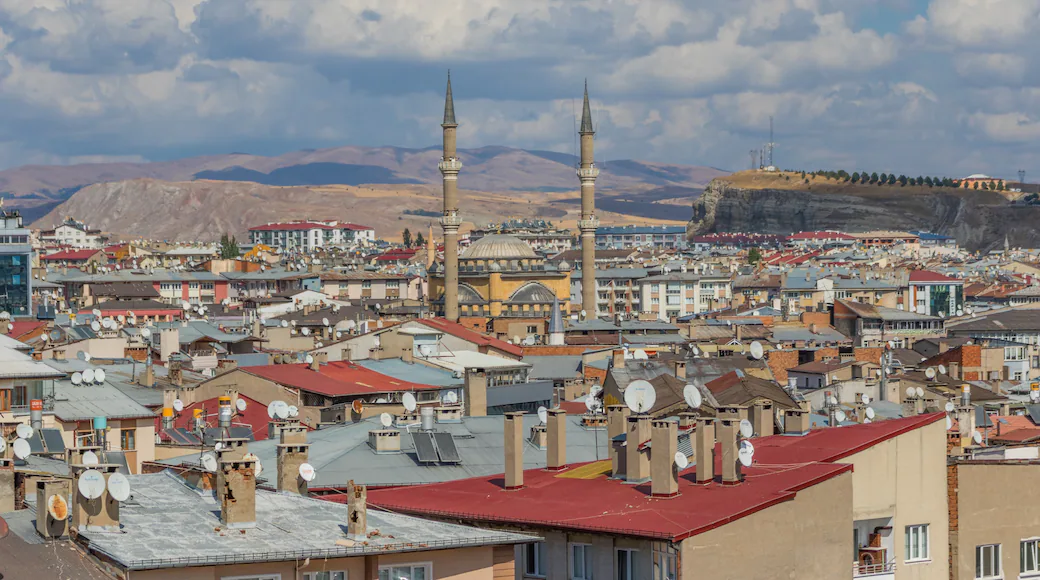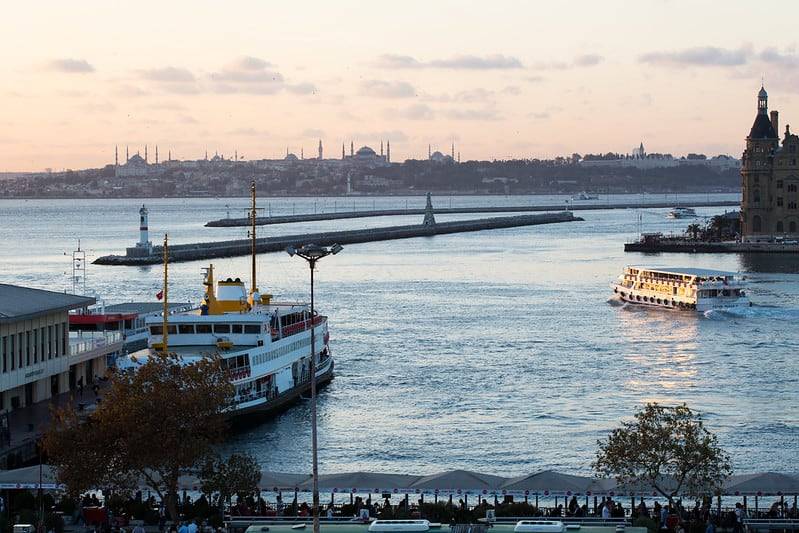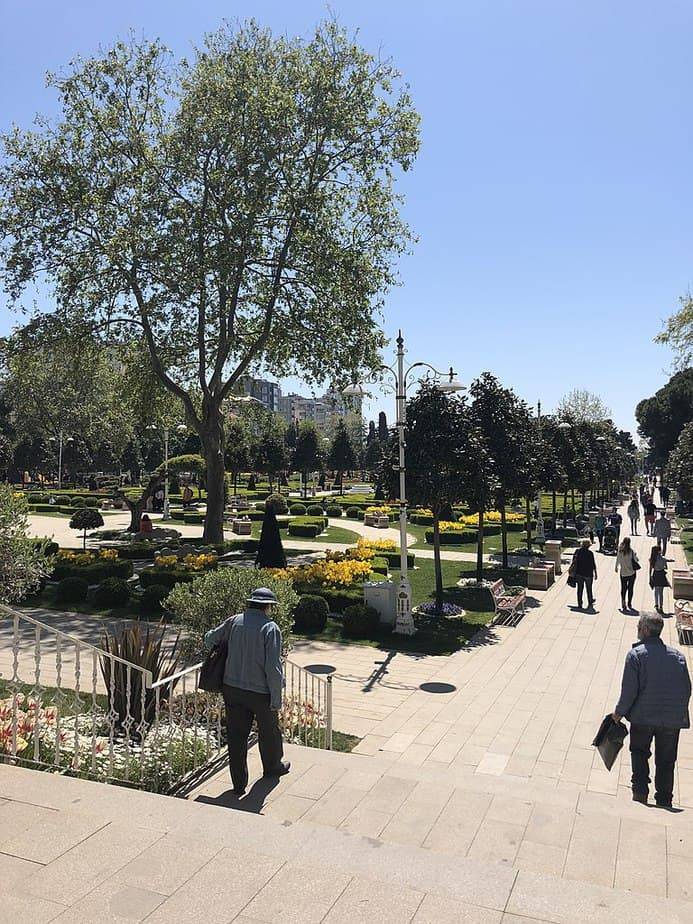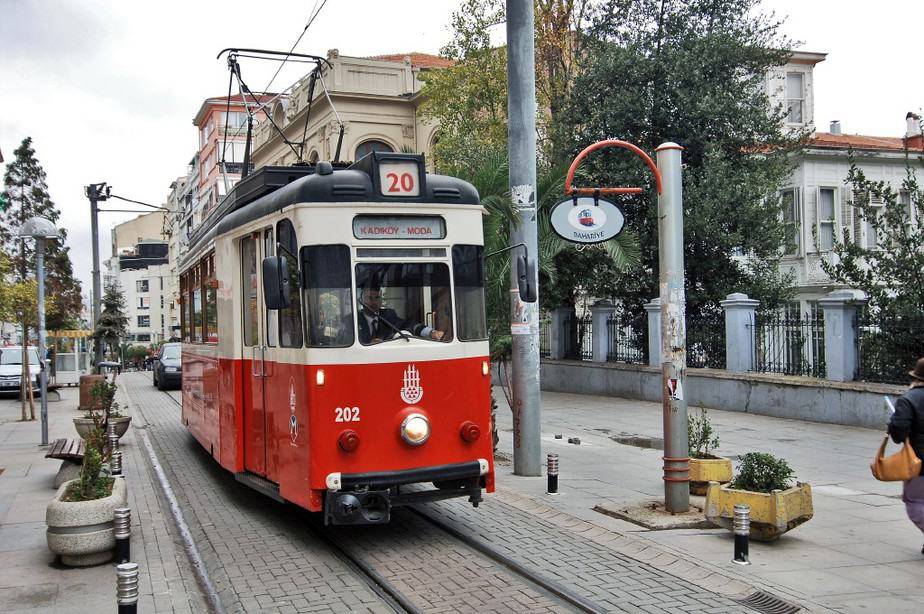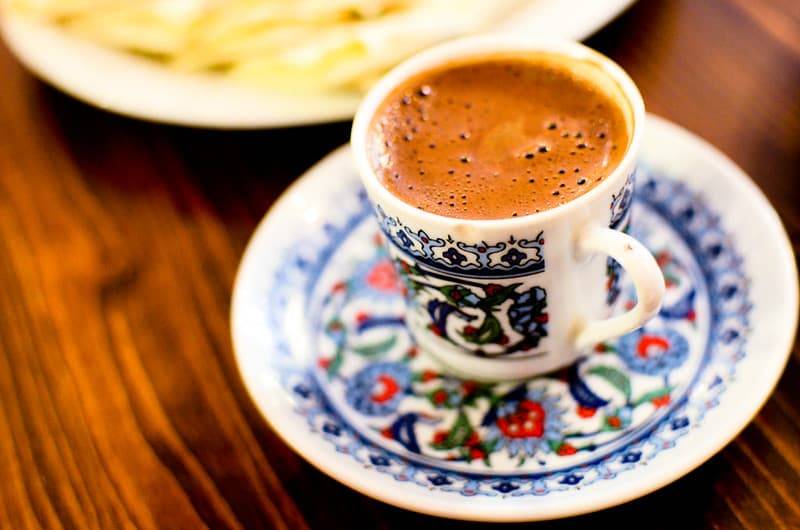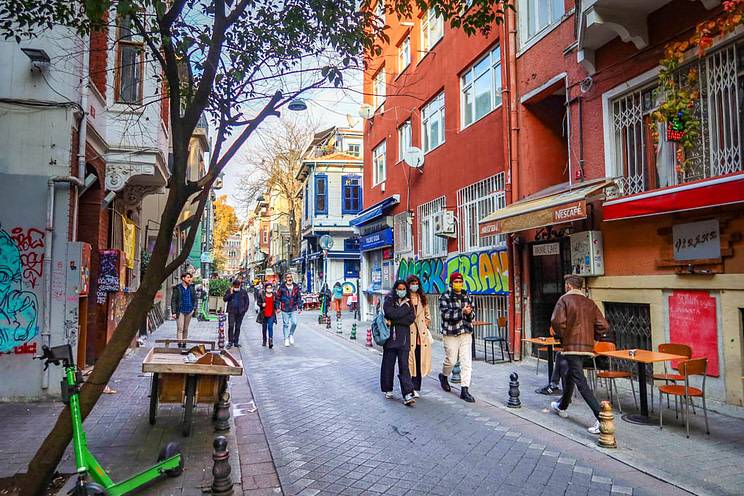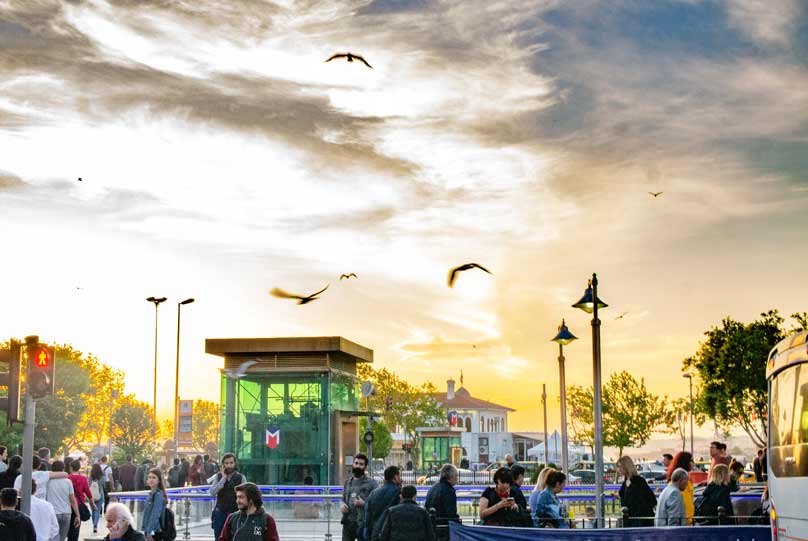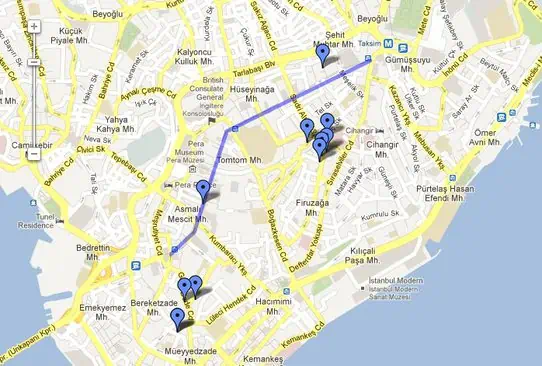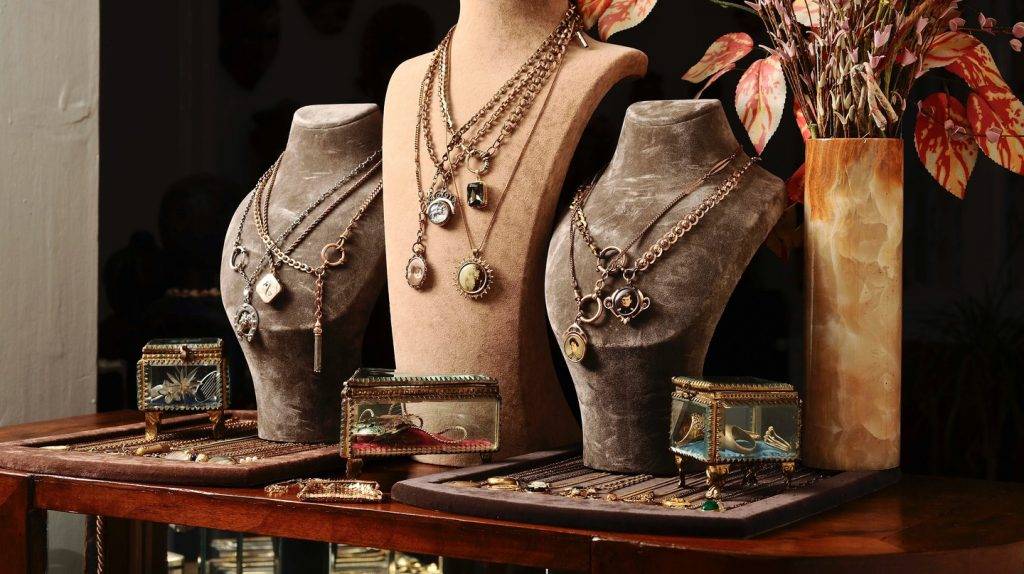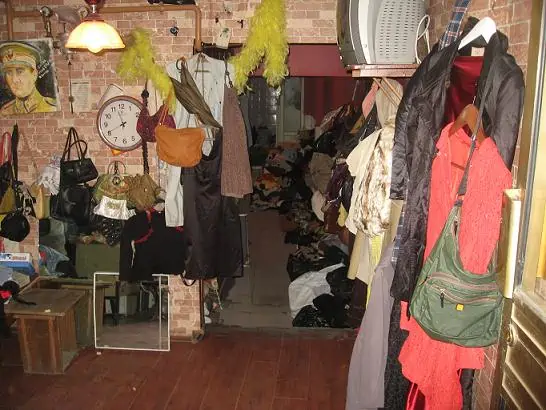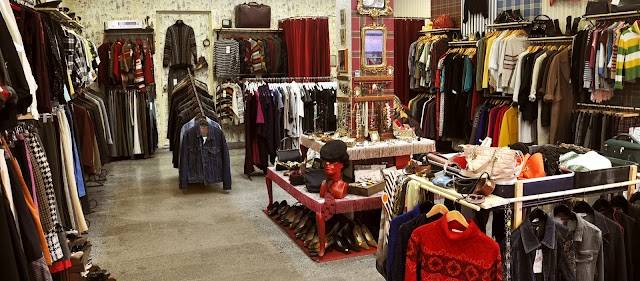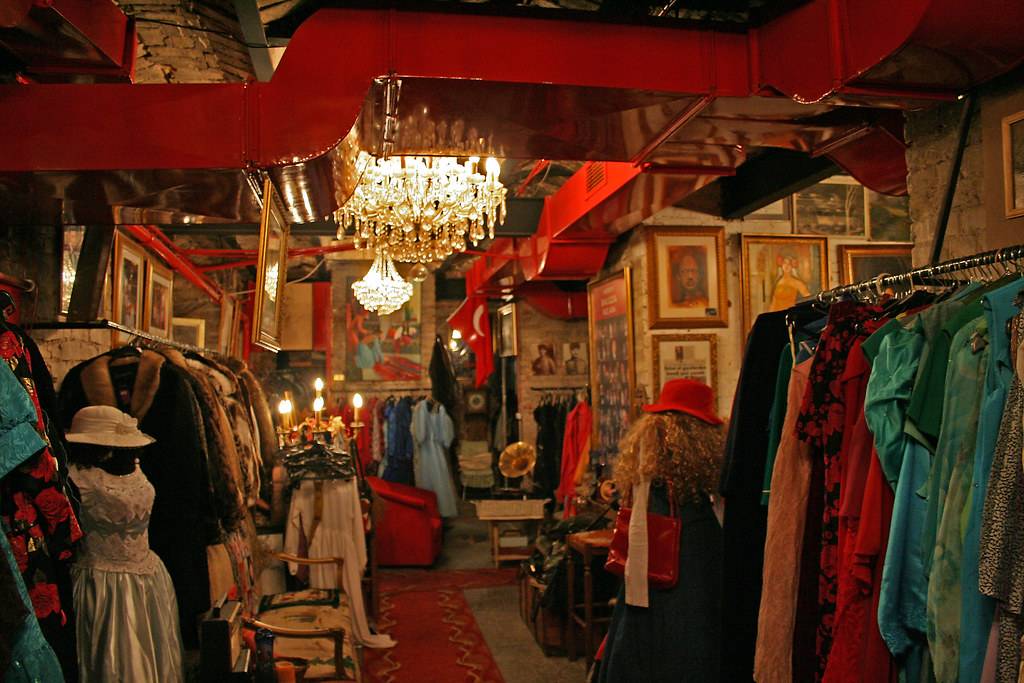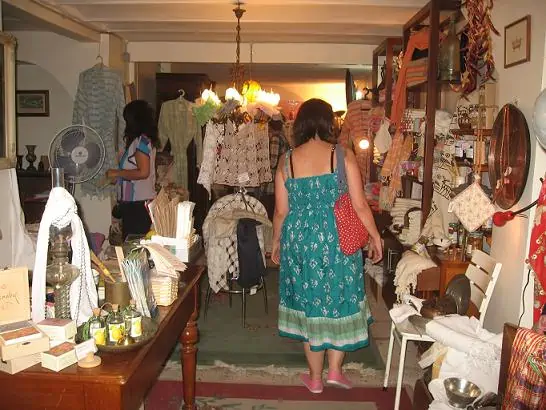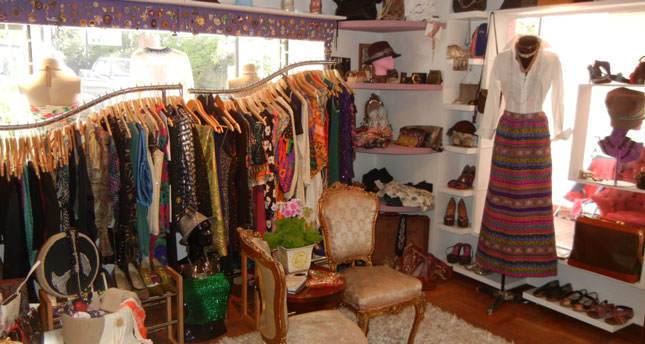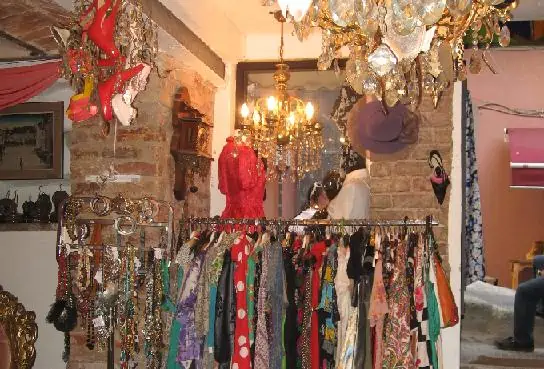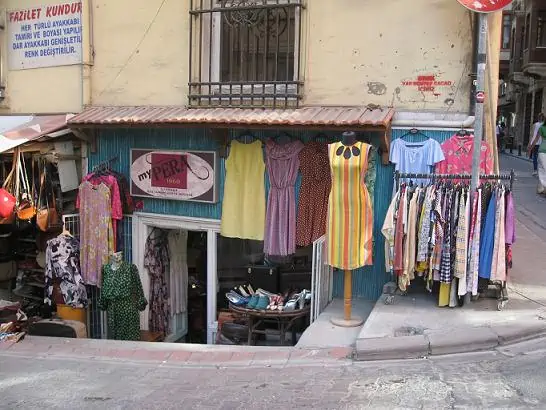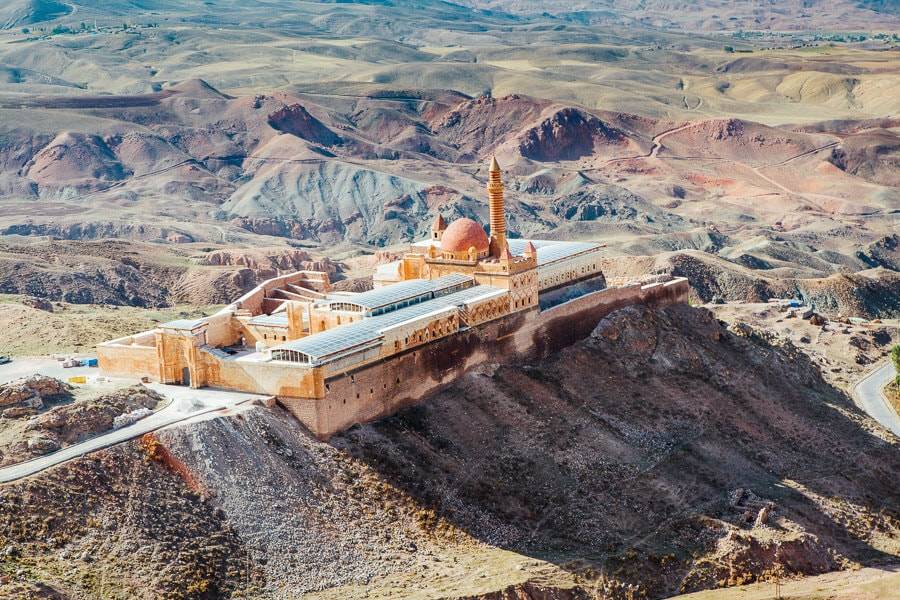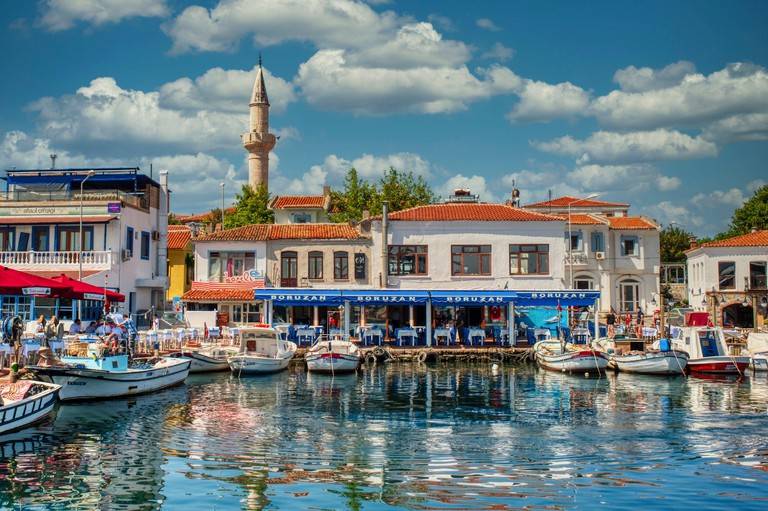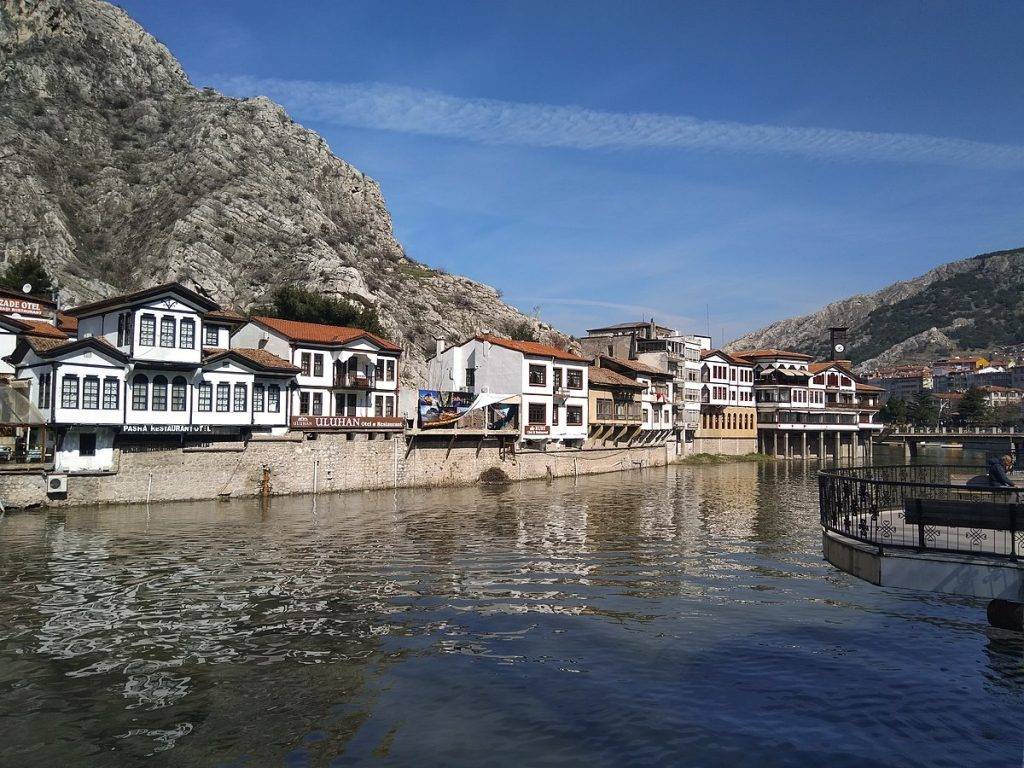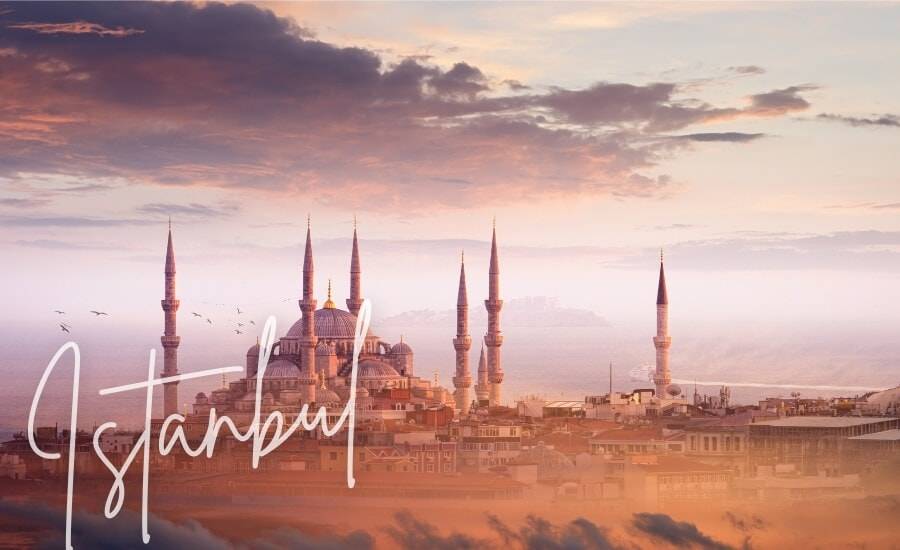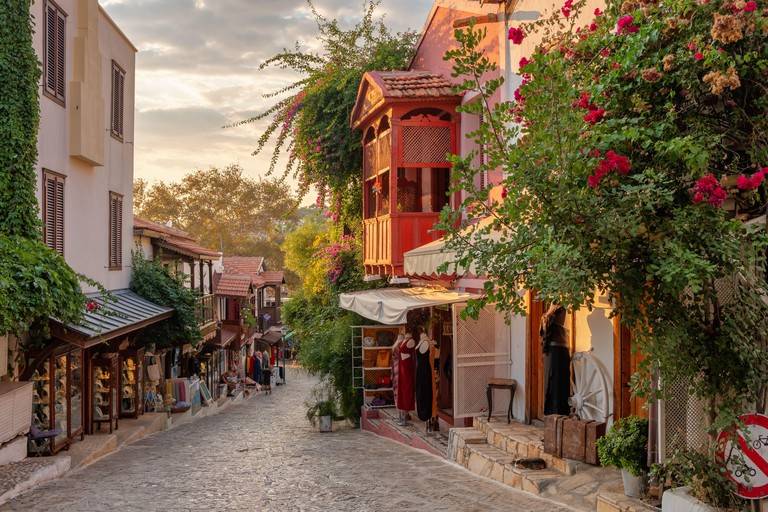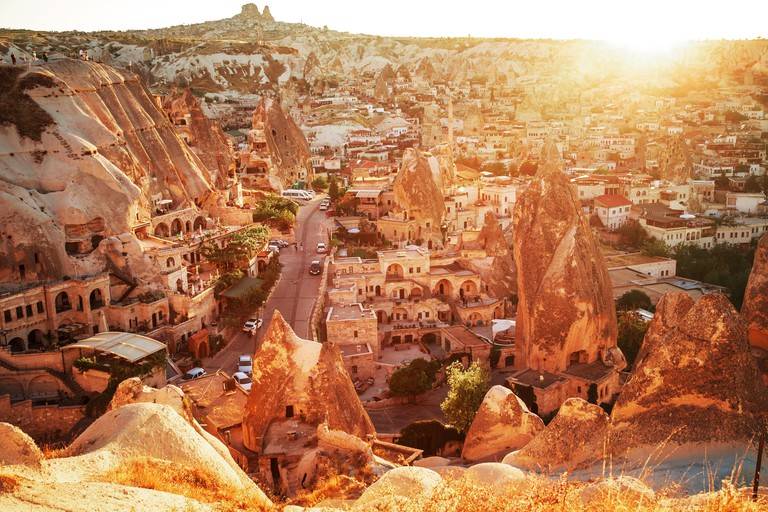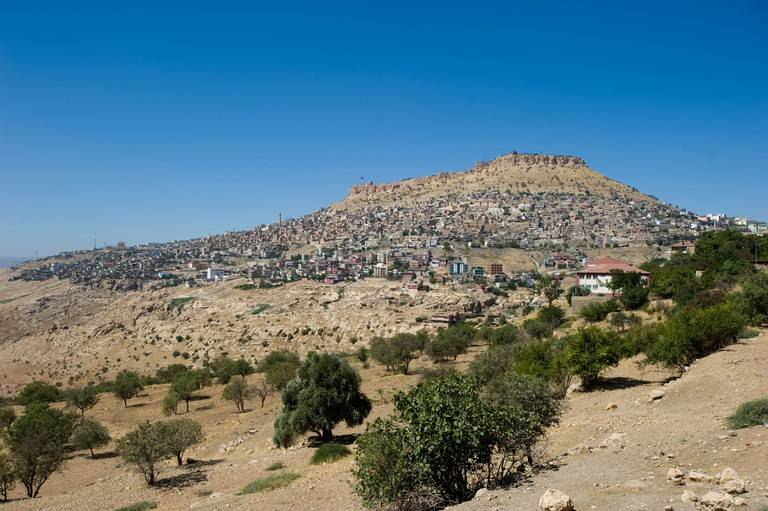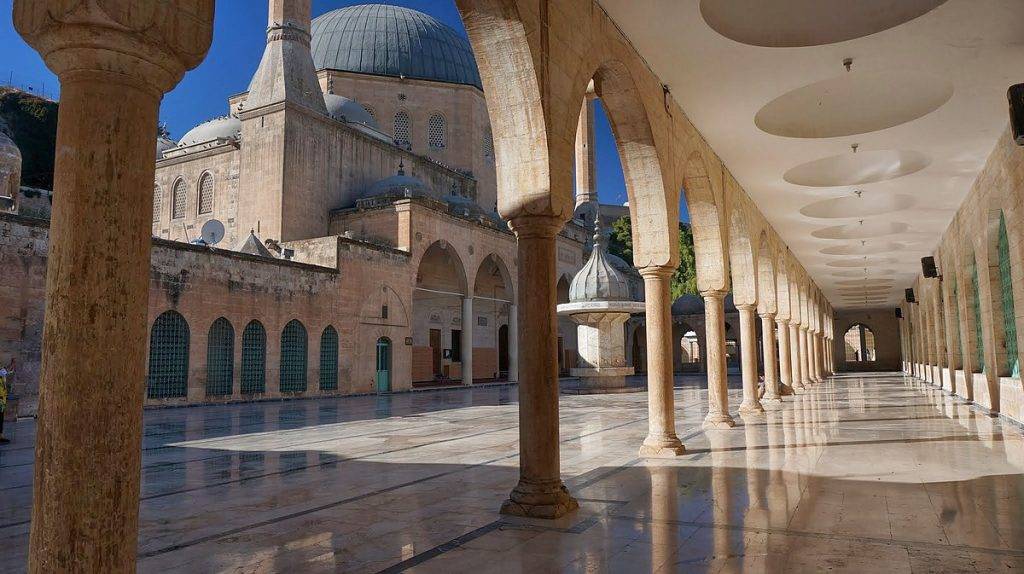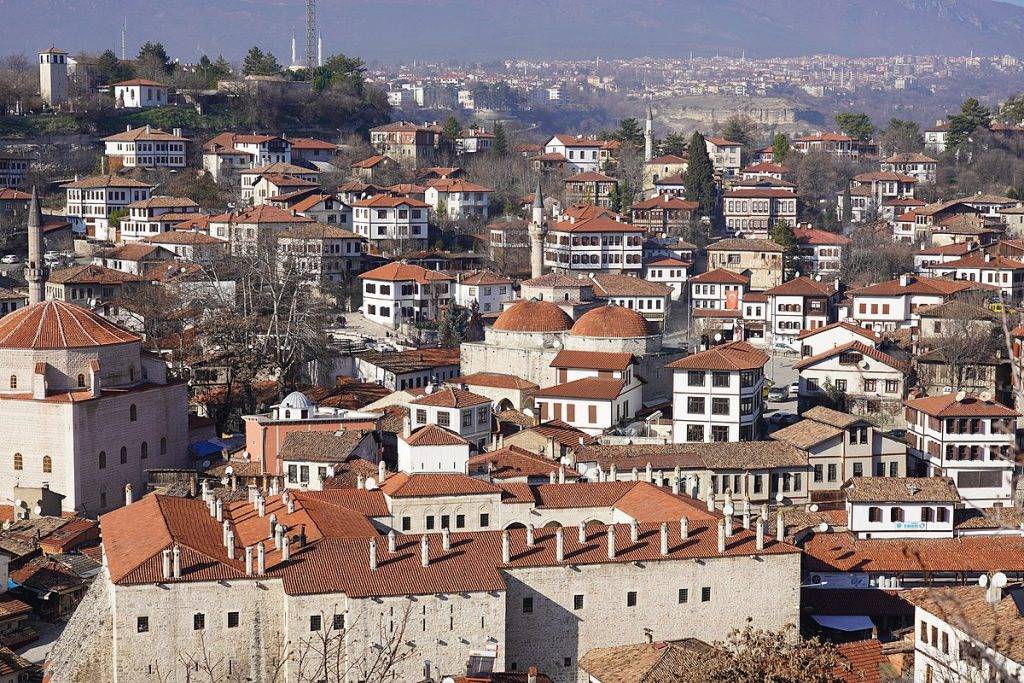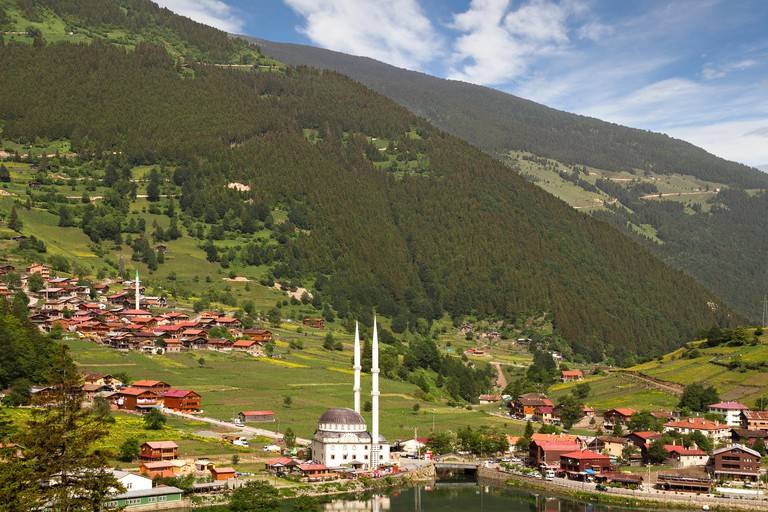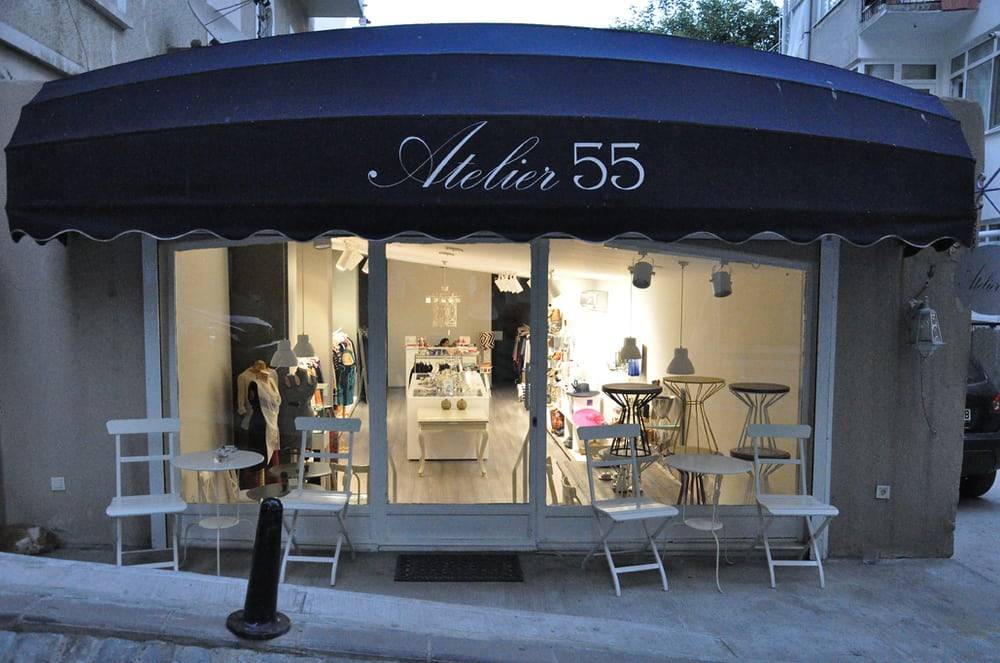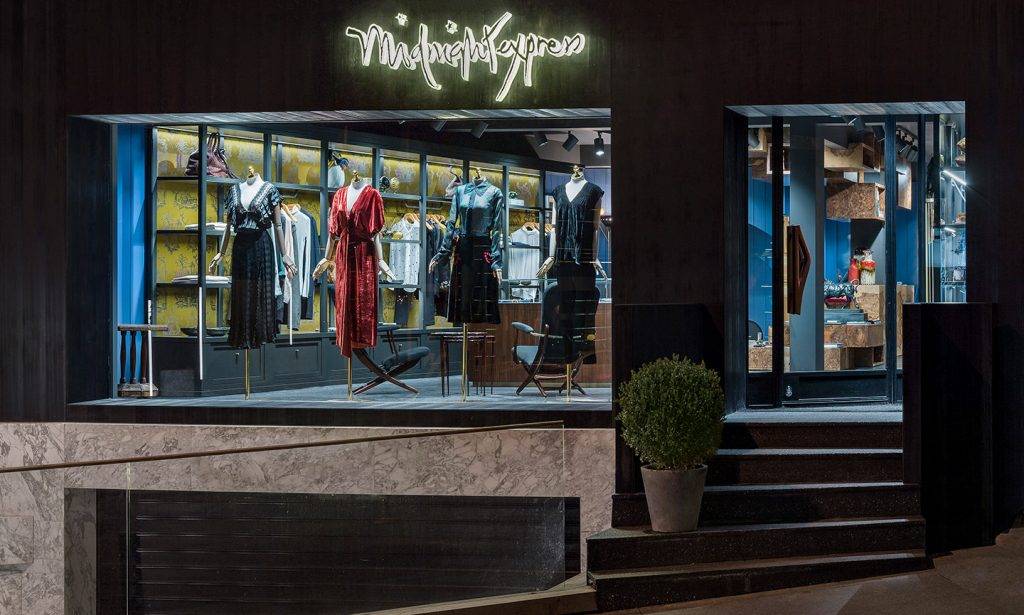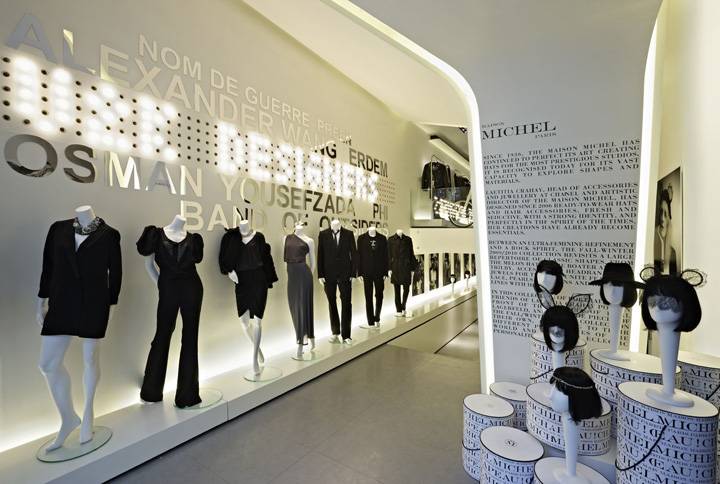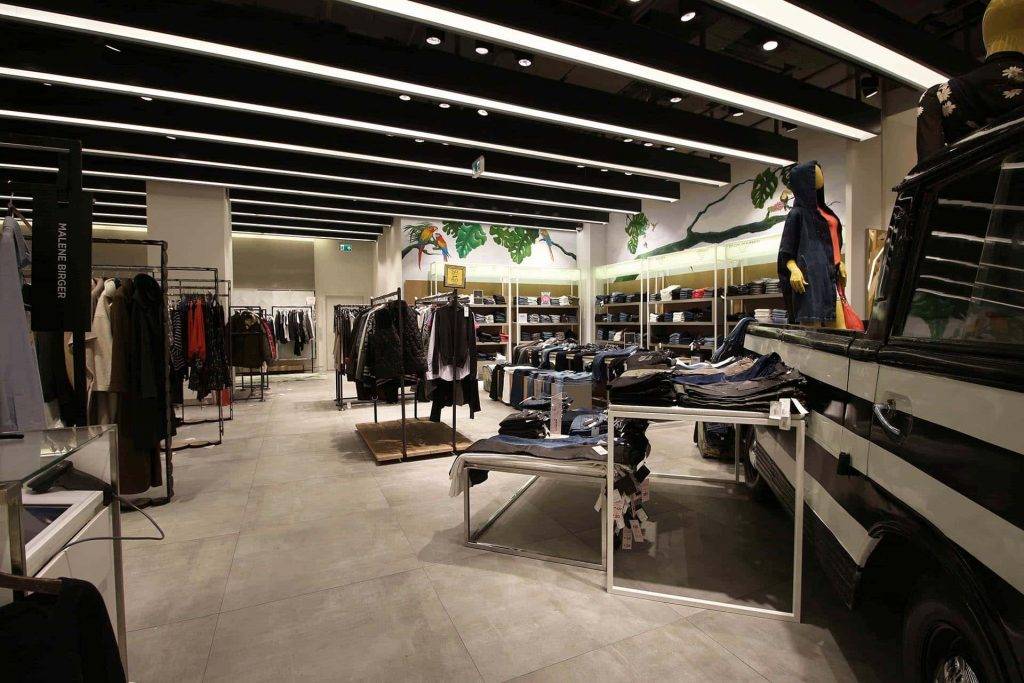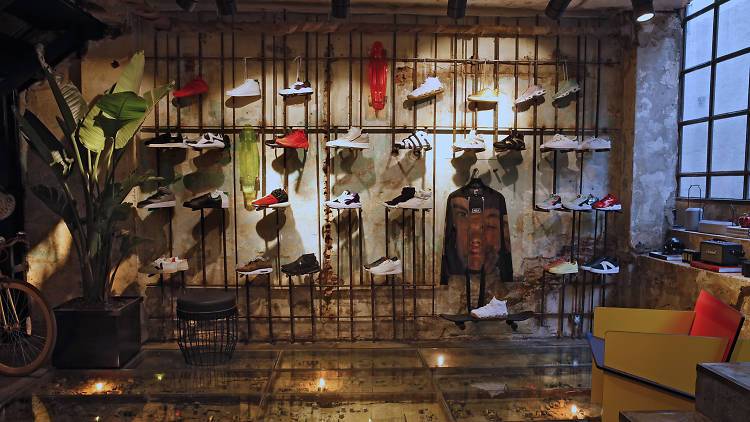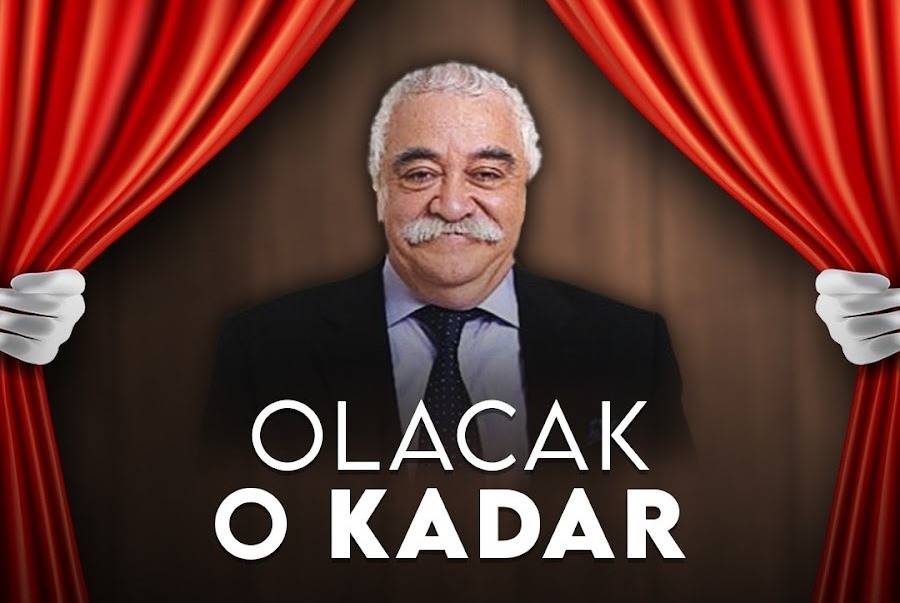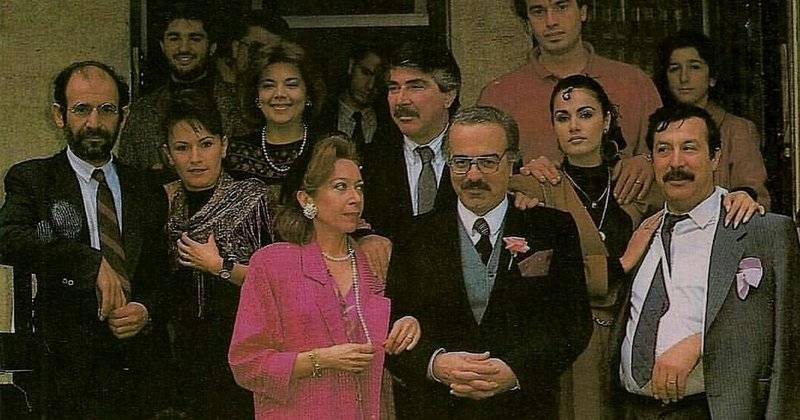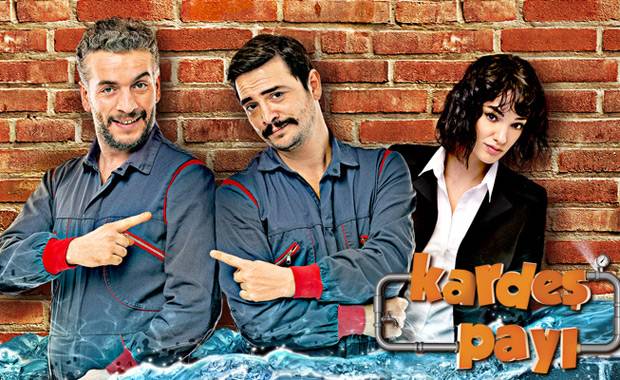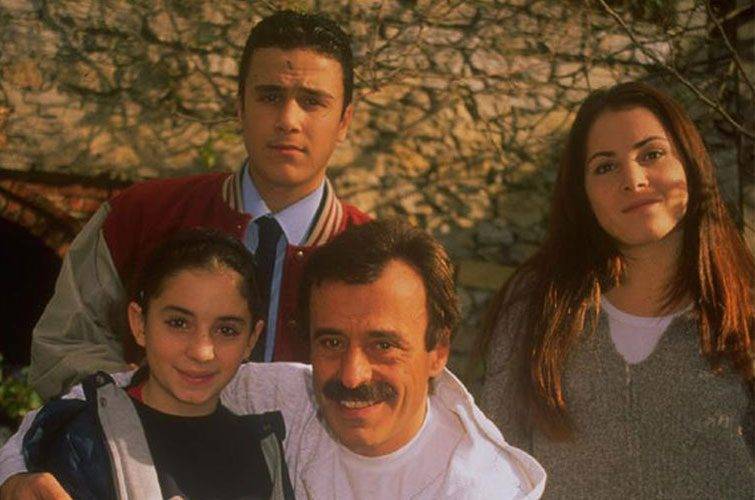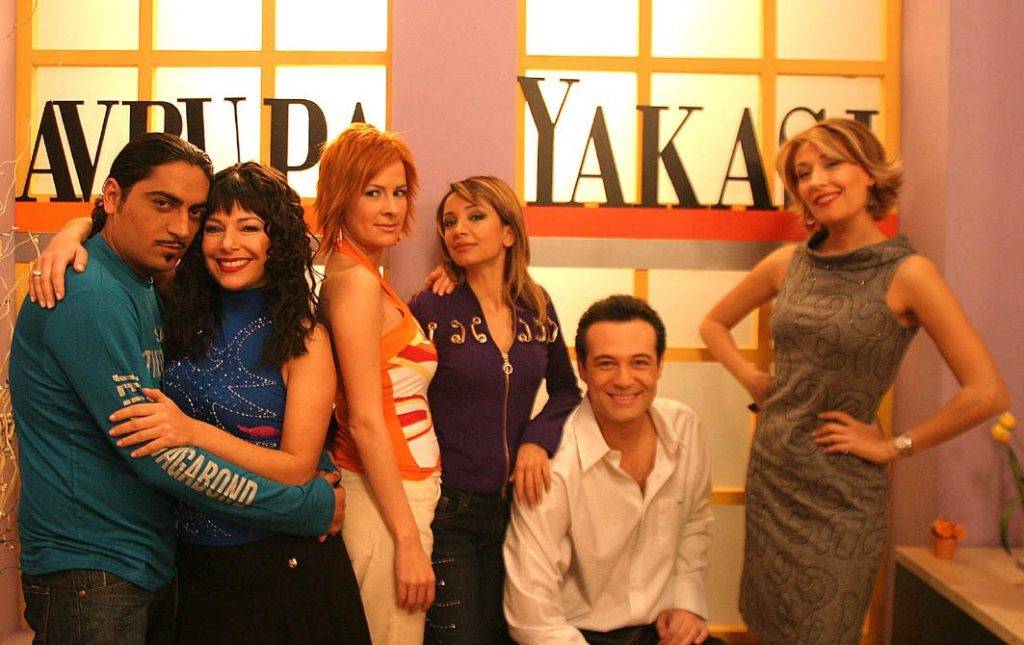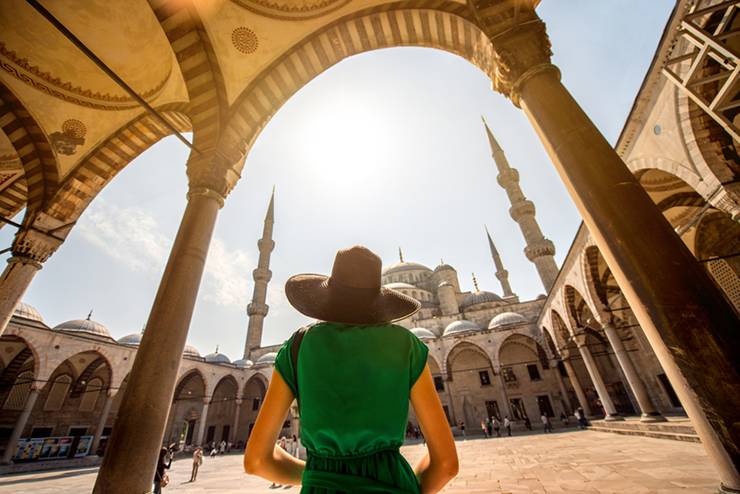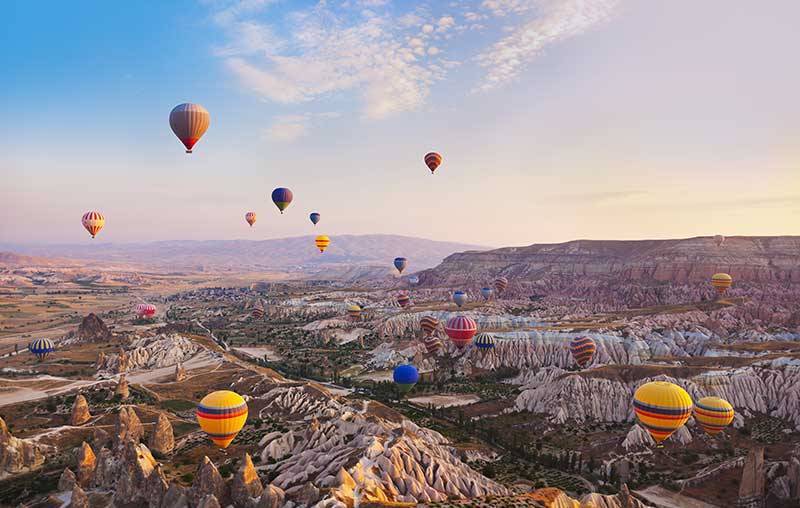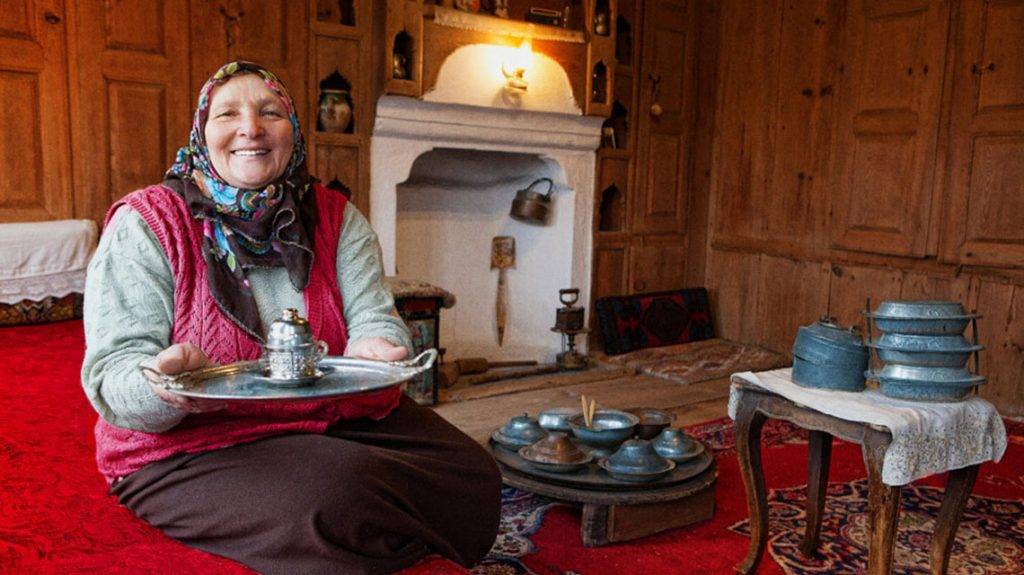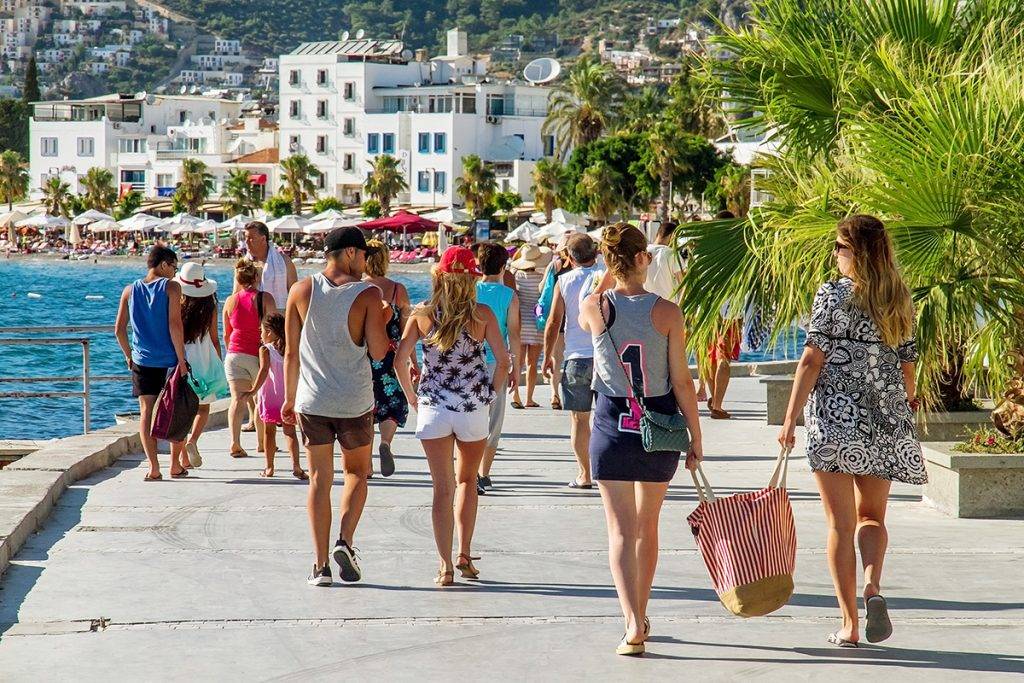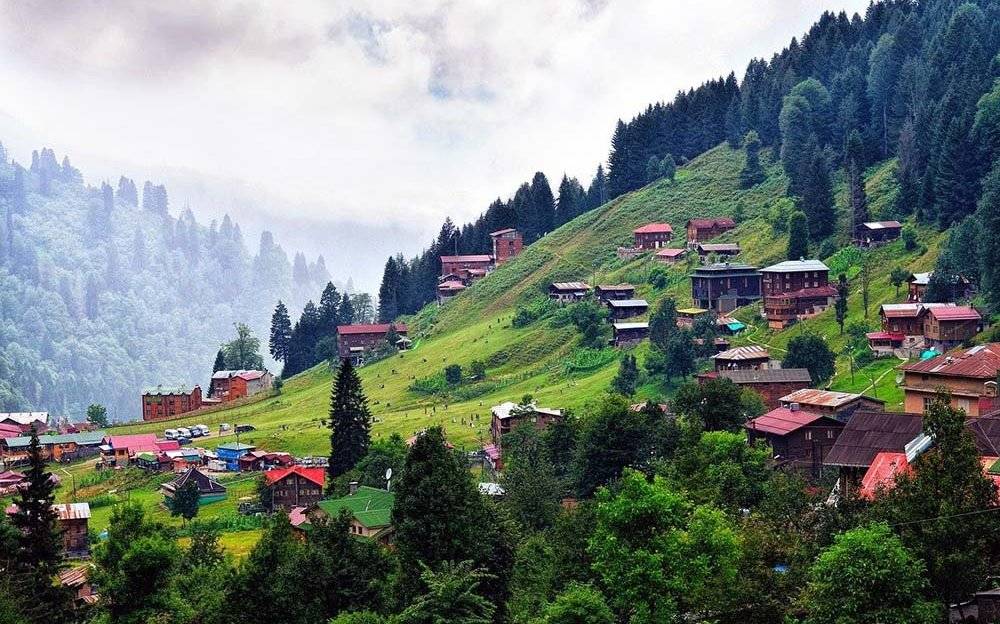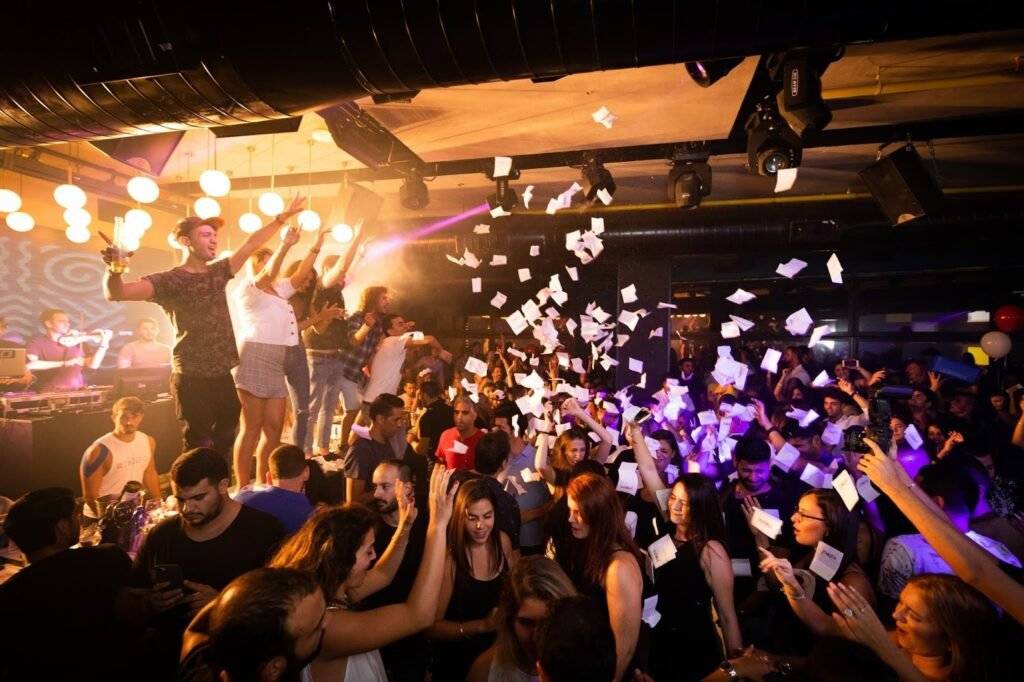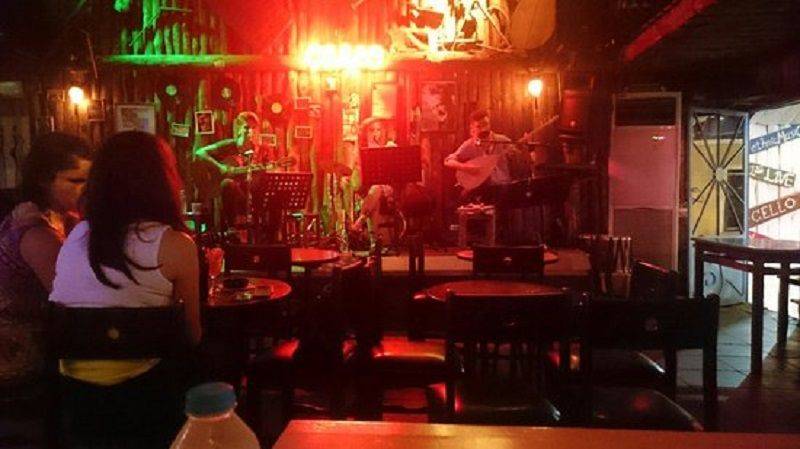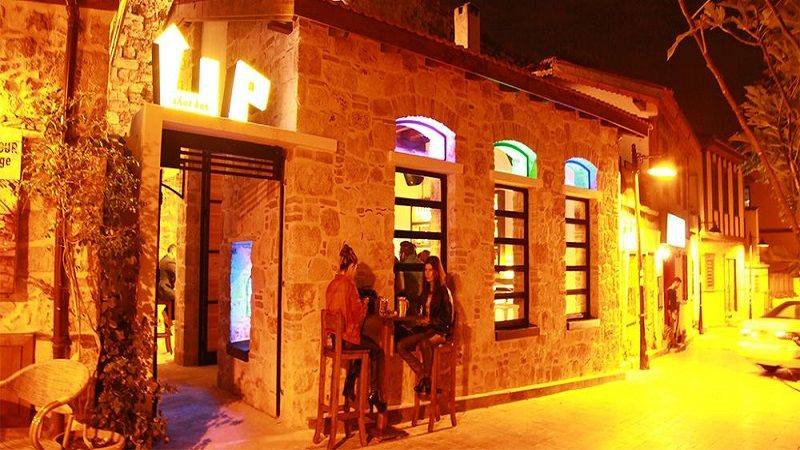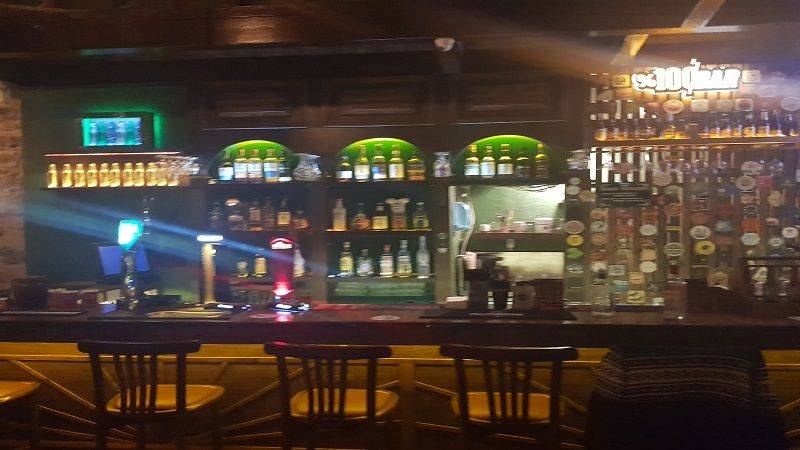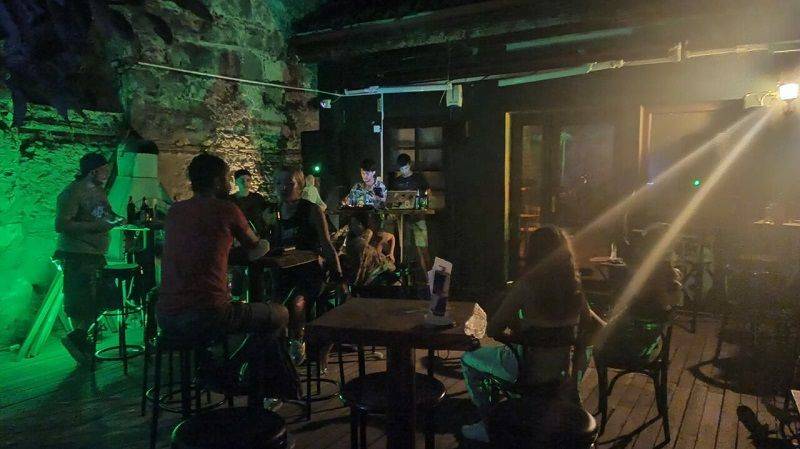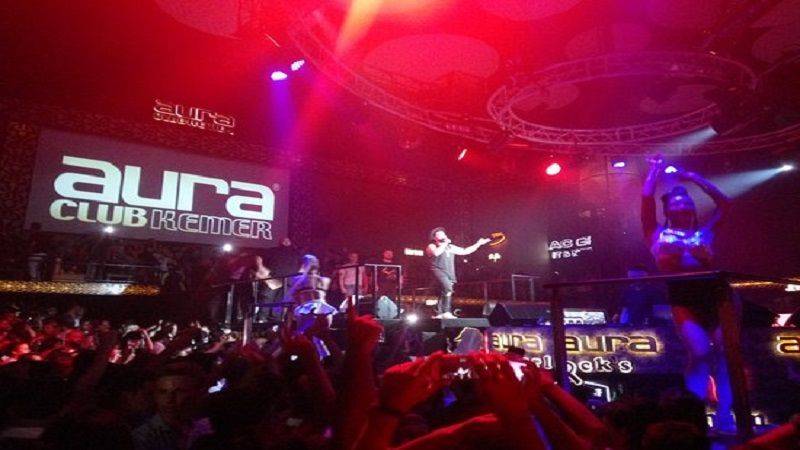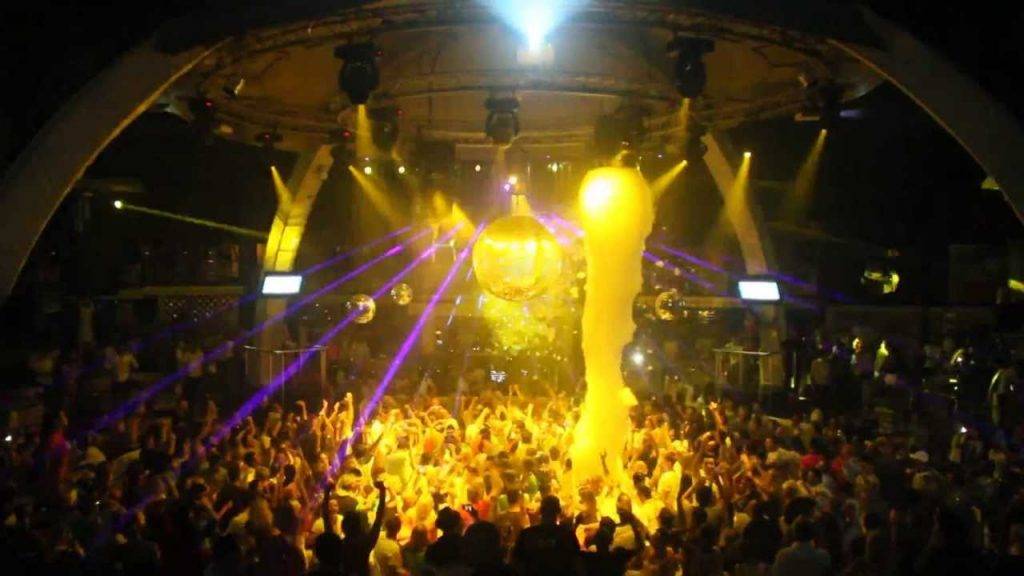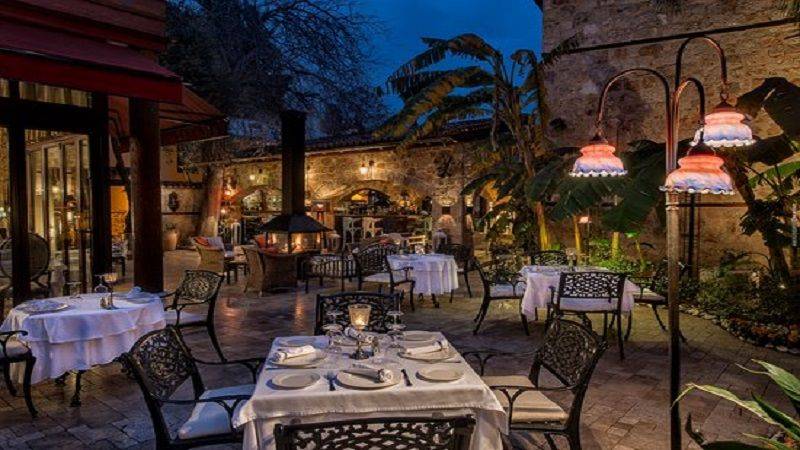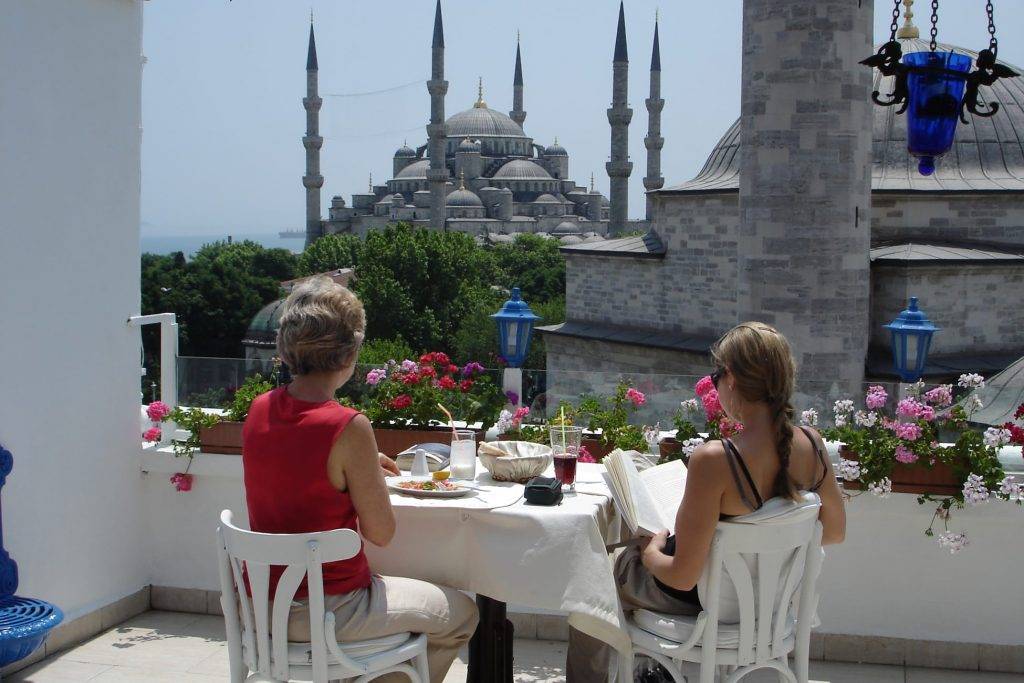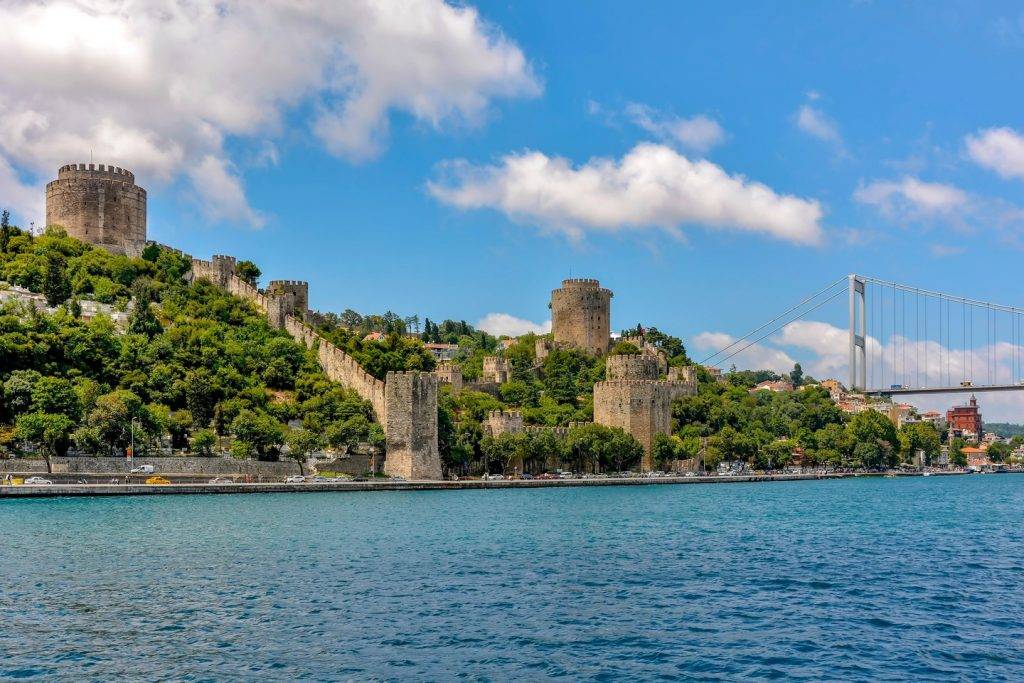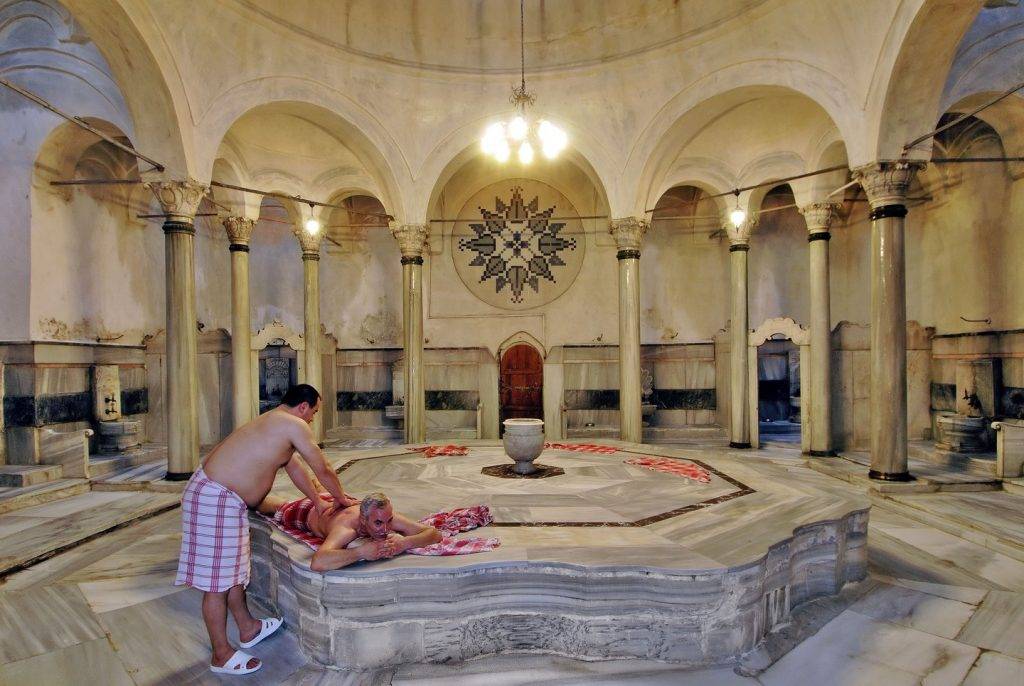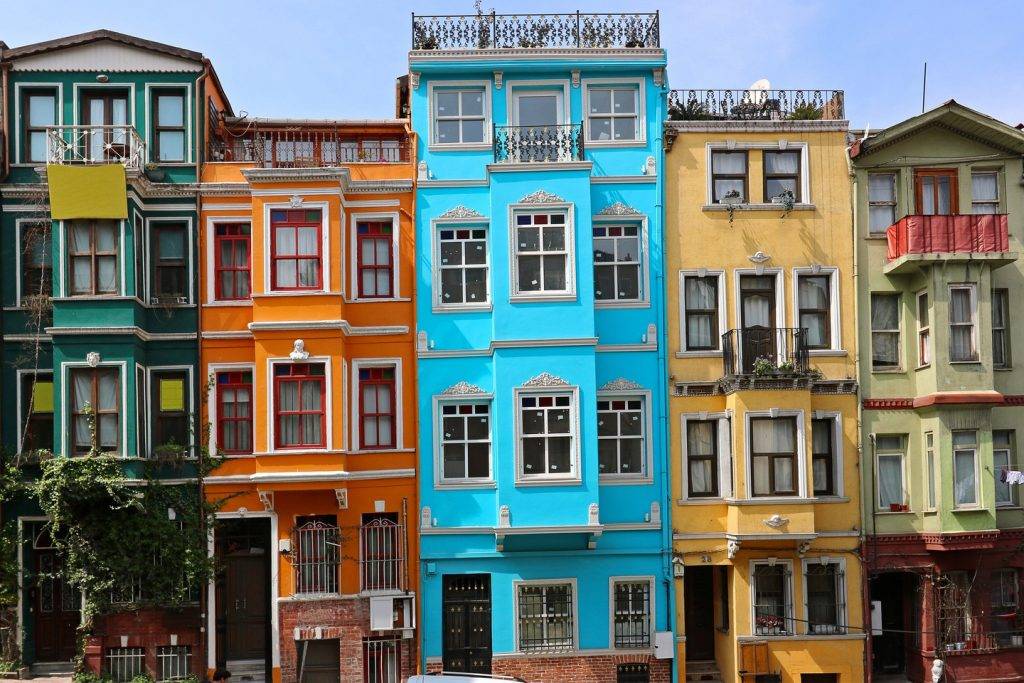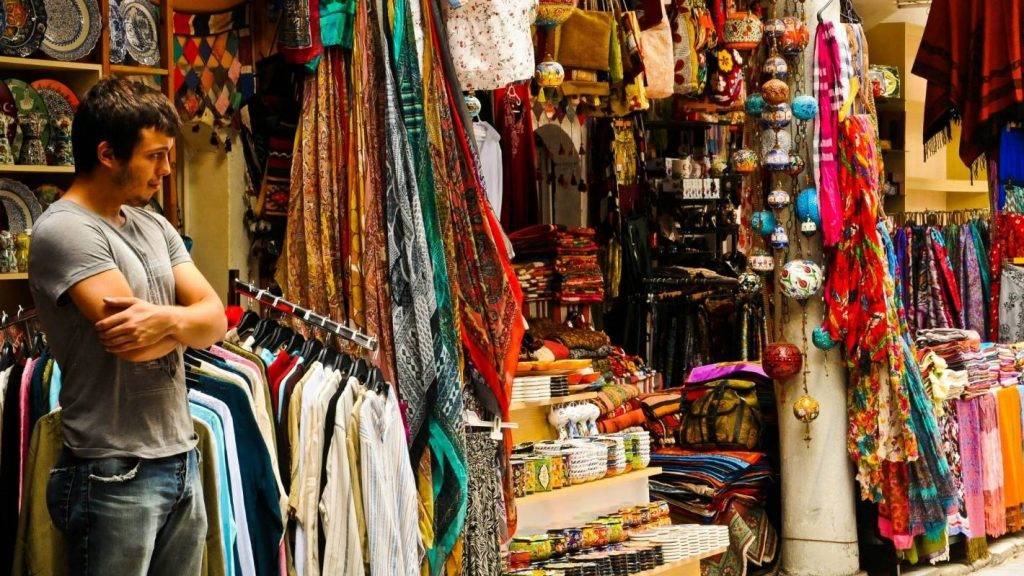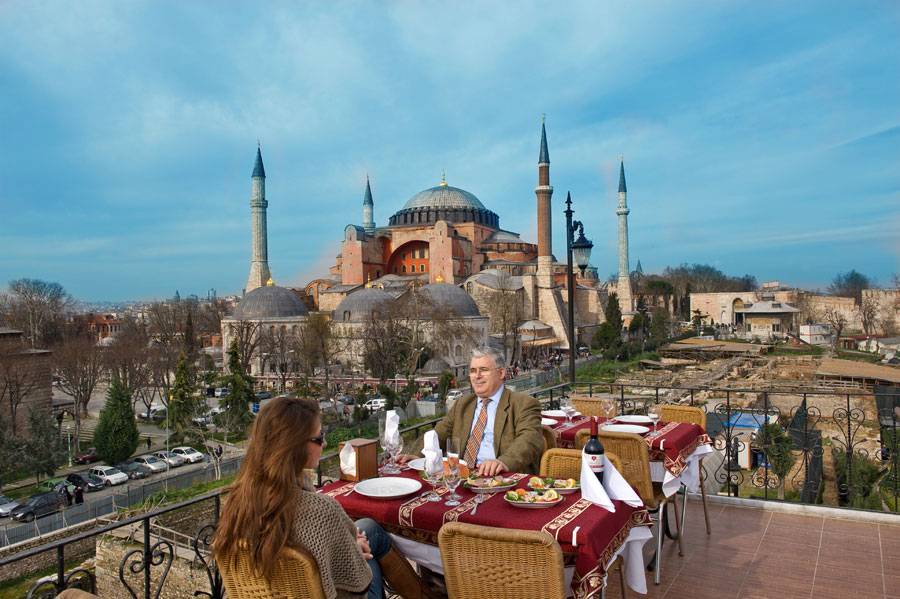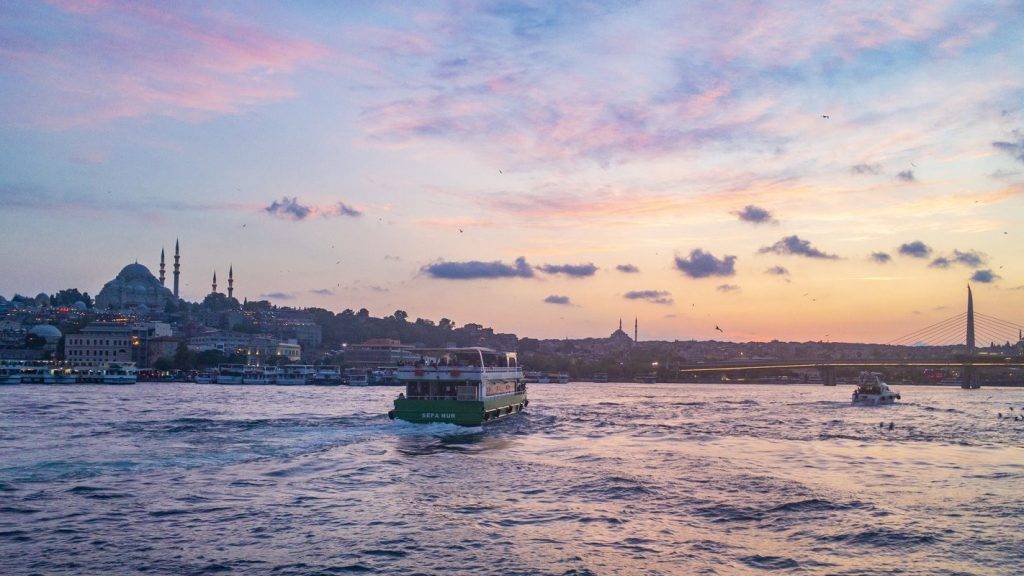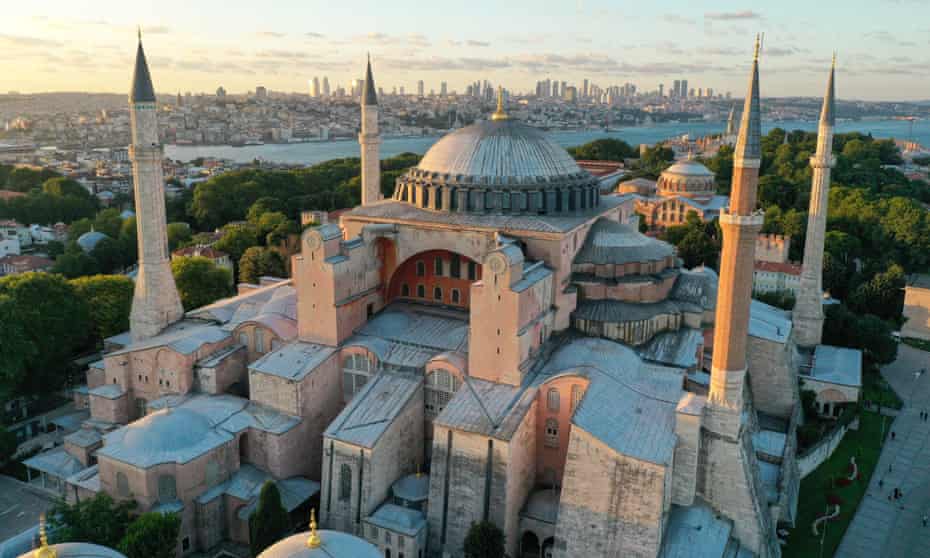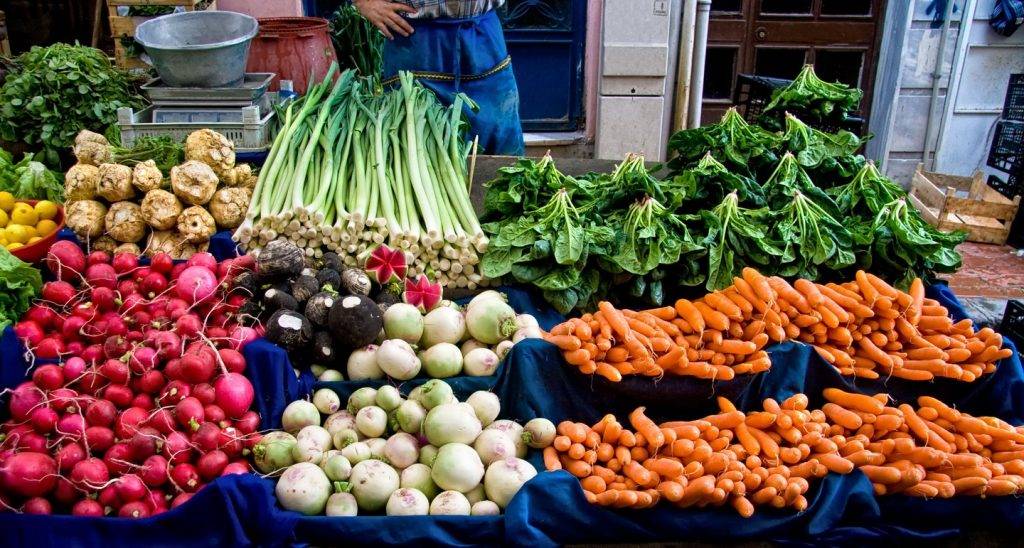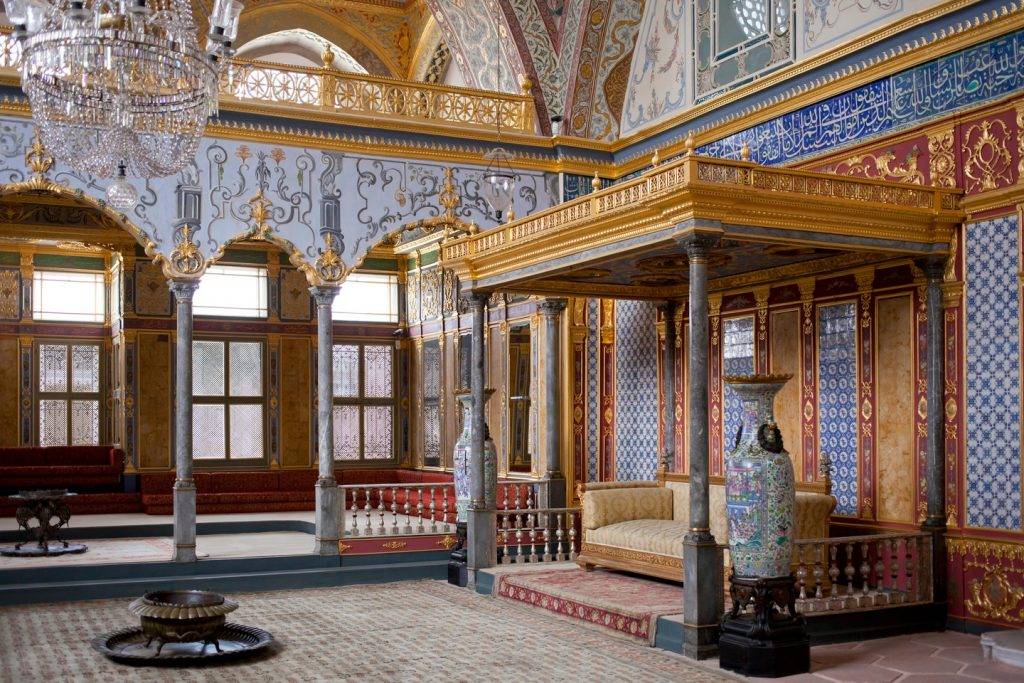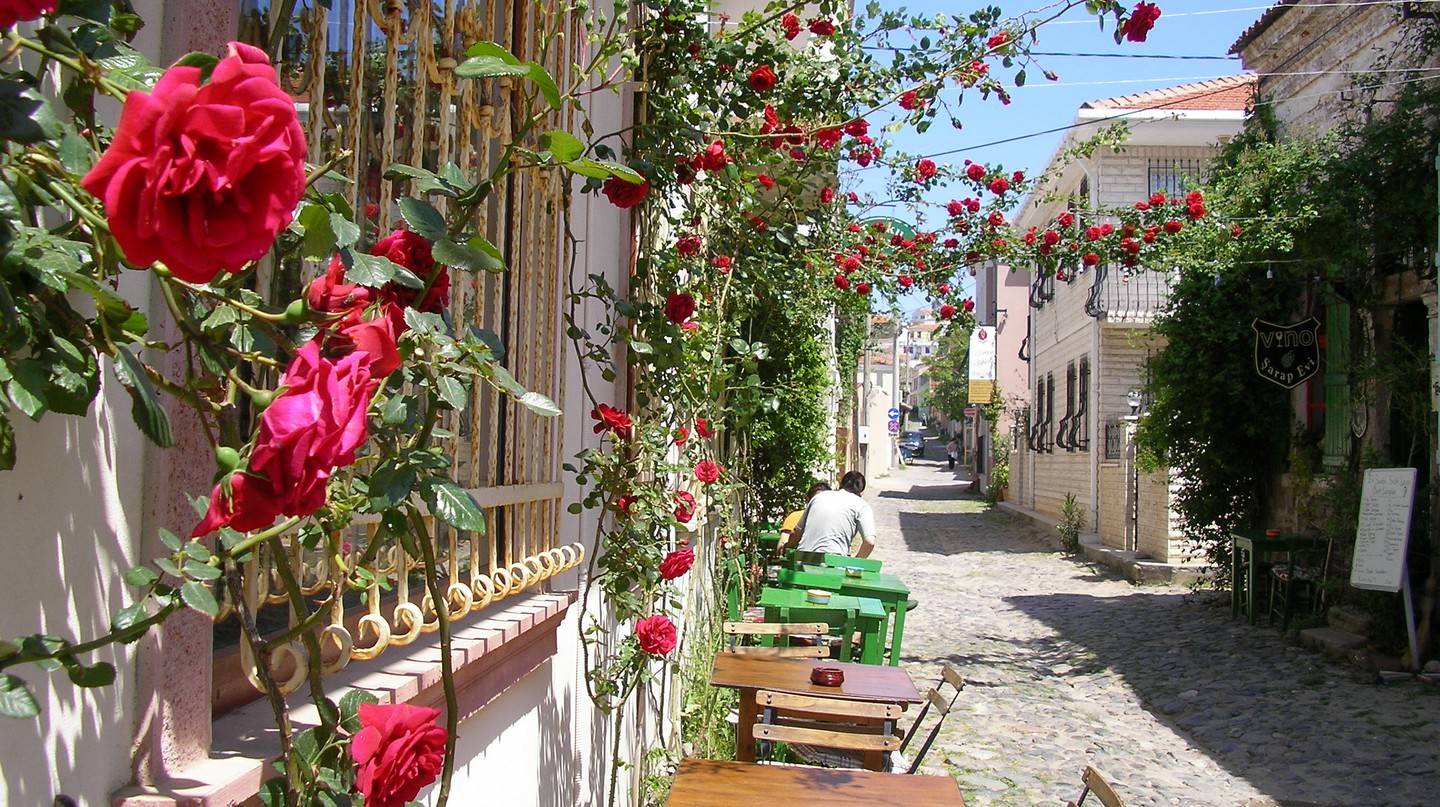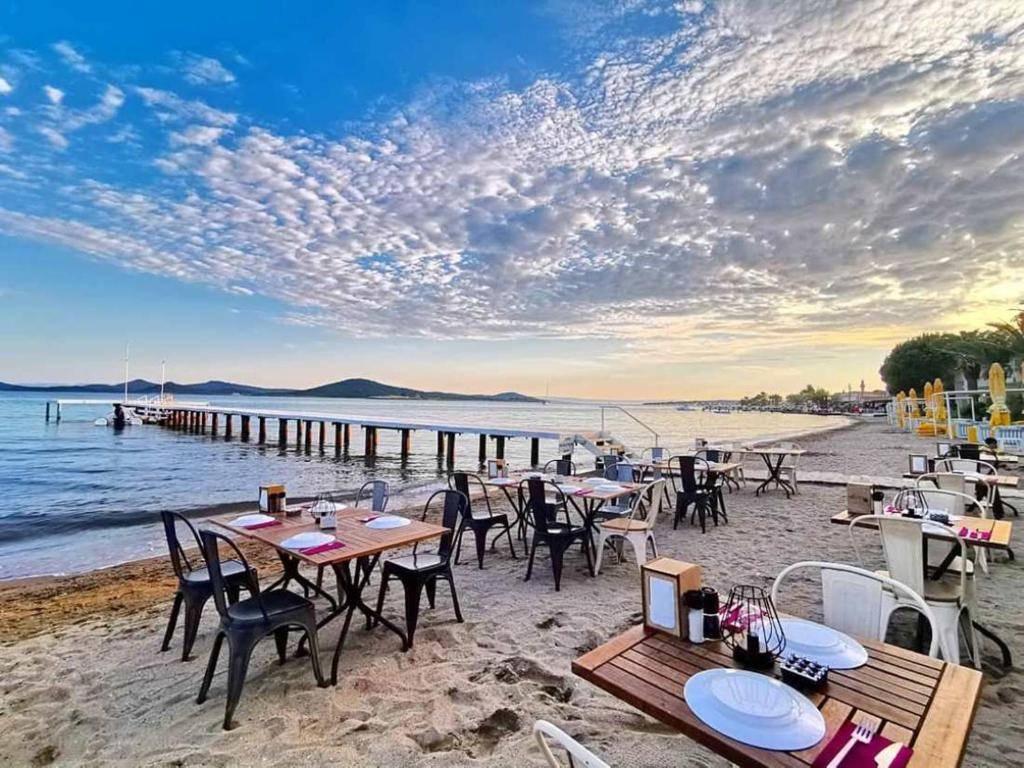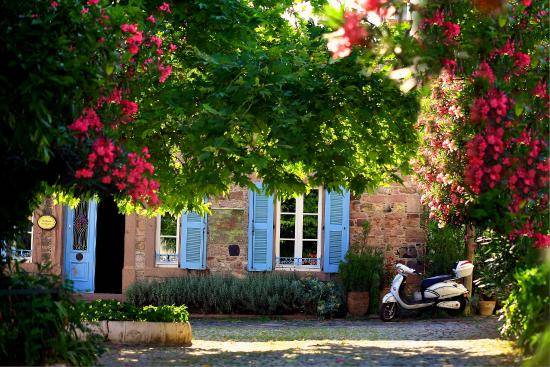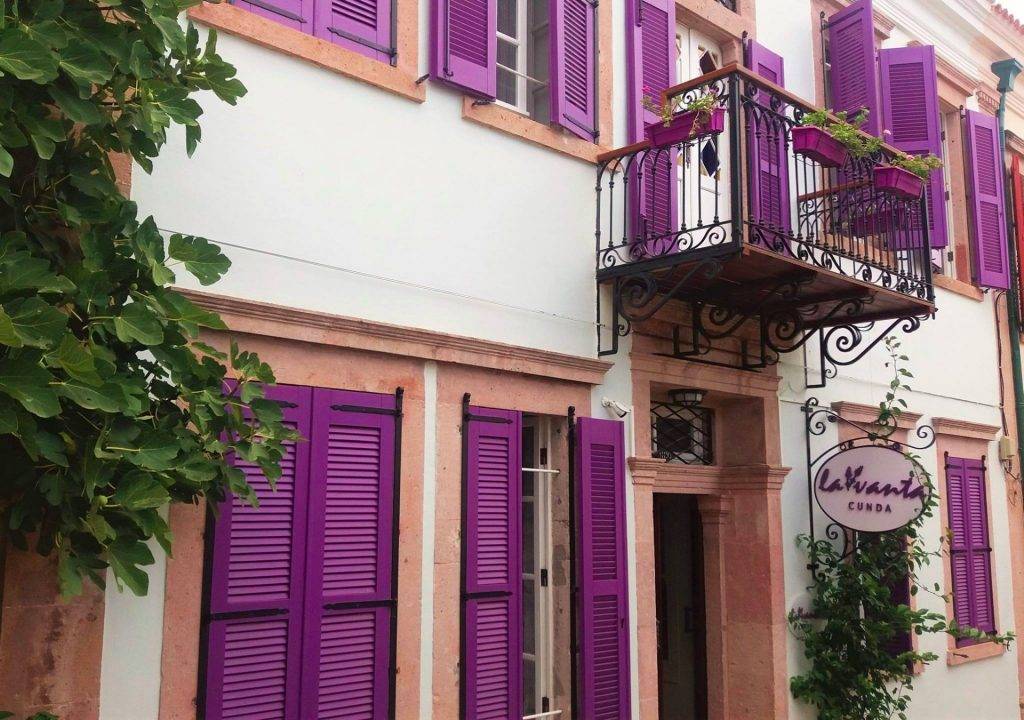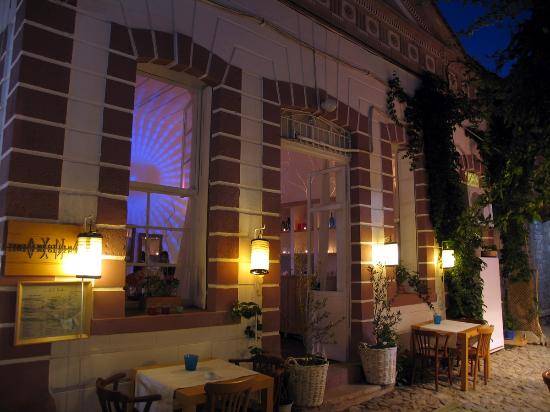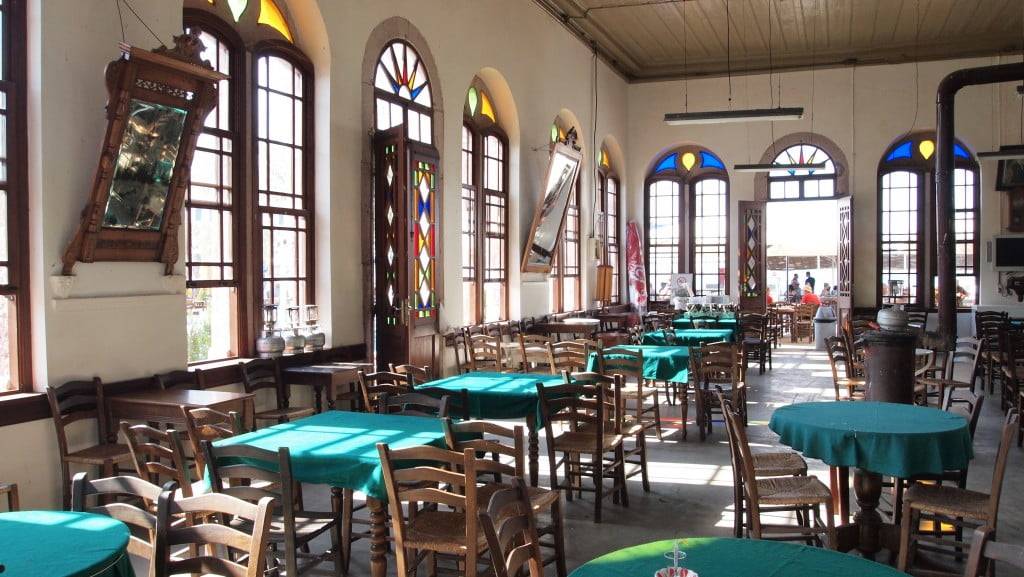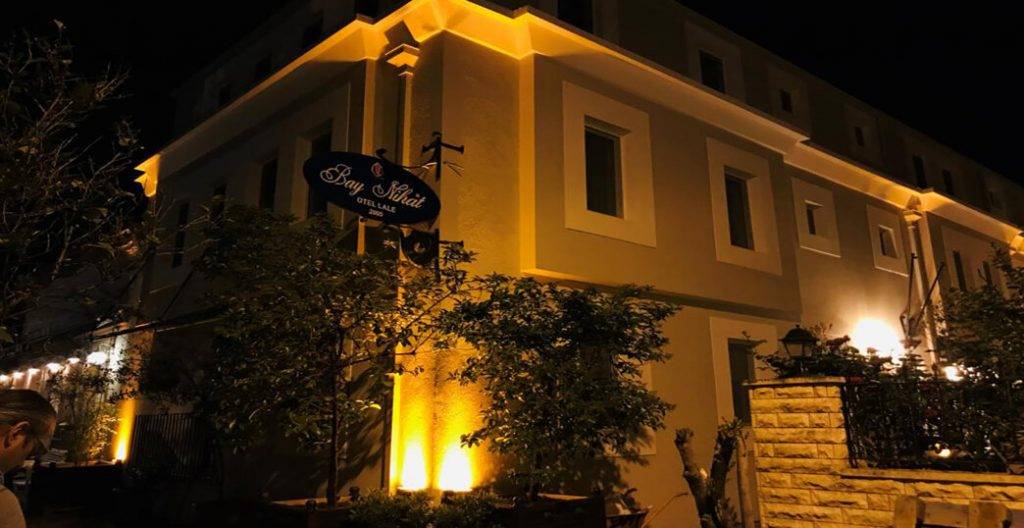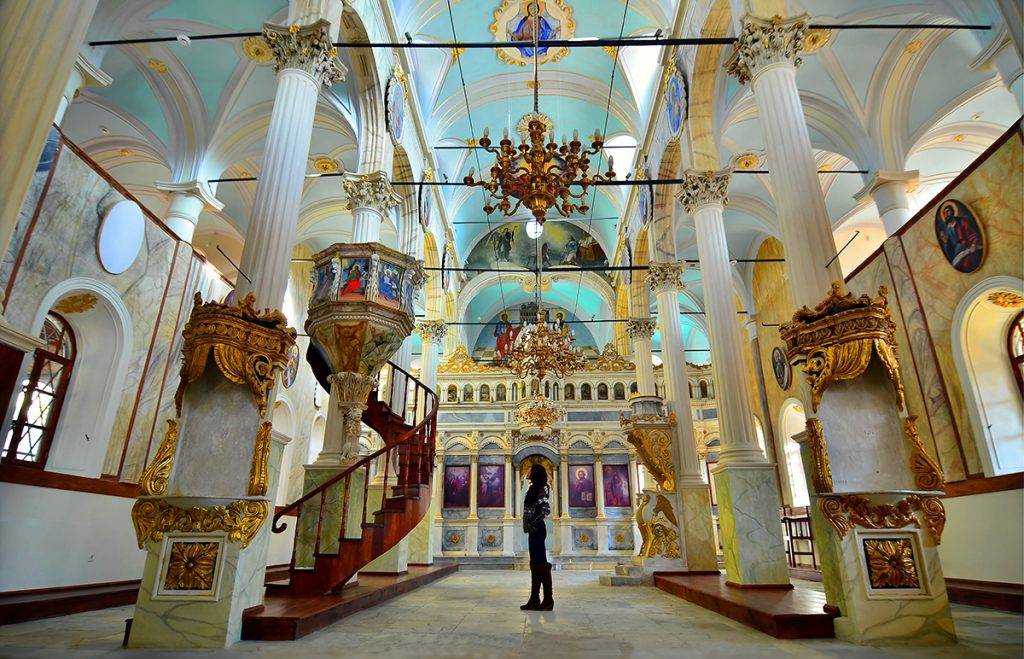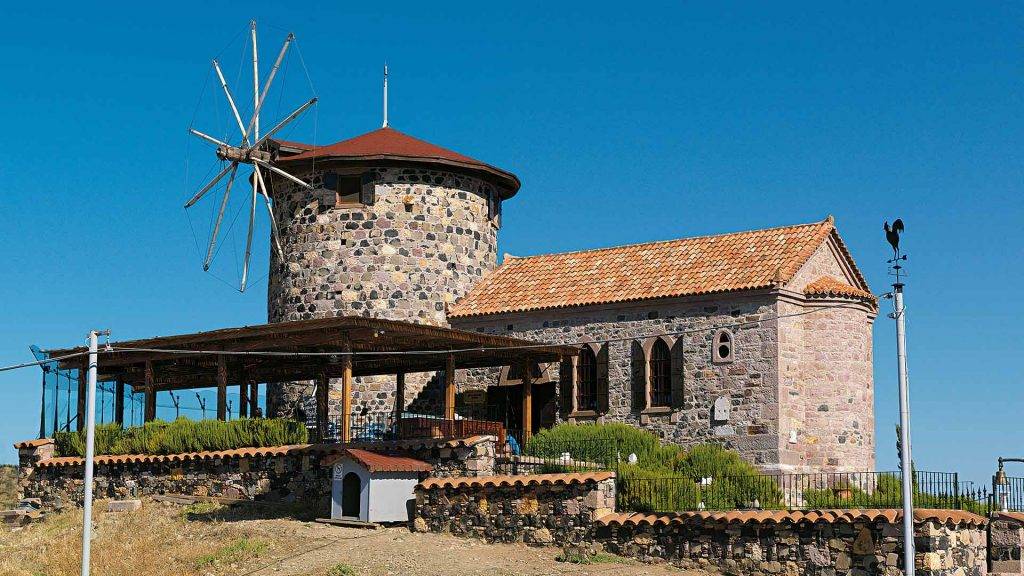Sivas is known for its excellent examples of Seljuk period architecture and its historical significance. Learn about the Turkish city and its significant attractions. Before reading the entire article, let’s apply for a turkey e visa online first and read what we explore in Sivas.
History
Sivas is a city in central Turkey with a long history dating back to Topraktepe, a Hittite town dating to 2600 BC. Until the late Roman era, when Sivas was known as Sebastian and served as the capital of Armenia Minor under Emperor Diocletian, nothing was known about the city. By 1059, the town had been plundered by Turkish tribes and had changed hands numerous times, including acting as the Seljuk Empire’s capital alongside Konya.
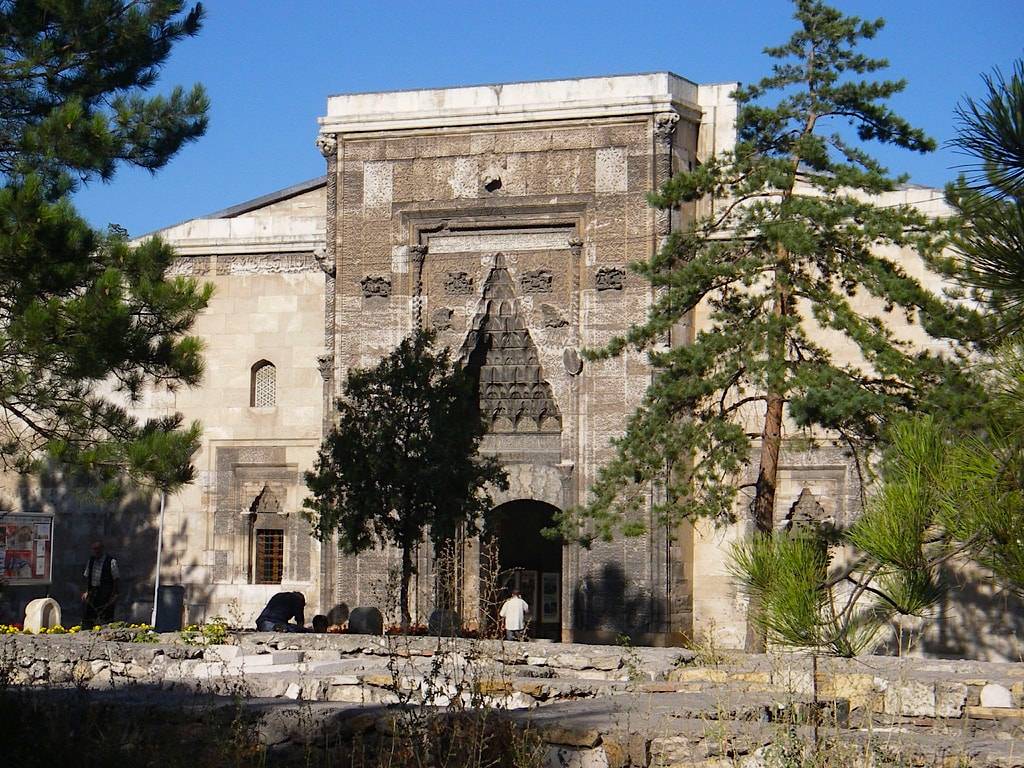
Many of the critical structures from that period still exist today, making it an important commercial hub. By 1408, the Ottoman Empire had acquired control of the city. Another significant event in Sivas’ history is the Sivas Congress of 1919, which was influential in creating the Turkish Republic since it was at this meeting that Atatürk’s role as head of the national resistance’s executive committee during the Turkish War of Independence was confirmed.
What to See and Do
Sivas is a significant hub for Seljuk architecture from the 13th century, with numerous stunning sites, including three old theological schools: the Mavi Medrese from 1271 (with turquoise tiles), the Sifaiye Medrese from 1218, and the Cifte Minare Medrese from 1271. The massive gates of these structures, which are covered in intricate stone carvings, are one of the Seljuk style’s hallmark visual cues. The city’s oldest mosque, the Ulu Camii, finished in 1196 and is a beautiful example of stunning simplicity in architecture, is another important historical site.
The Kurşunlu Hamam, the city’s most enormous bath with classic elements instead of Ottoman aesthetic, was built in 1576 and is the city’s most enormous bath. The Behrampaşa Han (caravanserai), constructed in 1573 and featured exquisite lion designs surrounding its windows, is another important monument that displays Sivas’ Ottoman influence. While you’re in town, visit the Atatürk Congress and Ethnography Museum, which explores Sivas’ Ottoman legacy as well as the tale of the Sivas Congress. The beautiful Governor’s Mansion, located in the city’s heart, Hükümet Square, where you’ll also find Sivas’ most excellent restaurants and hotels, and Atatürk Avenue, where all the shops are, is well worth a visit.

The City Museum, which is housed in the historic Sivas Mayorship building, opened its doors to the public in 2021 and housed a massive collection of ethnographic objects from both the Ottoman and Republic periods, as well as daily life activities, documents, and photos that depict significant moments in the province’s recent history. In 2021, the Museum of the Industrial School (Sanayi Mektebi) was also refurbished and reopened. Sultan Abdulhamit II built it as a school in 1902, converted it to jail in 1961, and ultimately renovated it as a museum with historic prison quarters and Turkish handicrafts and carpets. It also serves as an art training facility for traditional Turkish arts. The Archaeological Museum is another museum where you can examine artefacts and discoveries from the area’s excavations. The War Horses Museum in the Hamidiye district is another interesting museum in Sivas. You may spend a peaceful day in its restaurant or cafeteria, bookshop, or equestrian centre, which features wax models and characteristics of all types of horses from over the world, notably those employed on battlefields.
The historic settlement of Divrigi, which was initially a Byzantine site, is located 165 kilometres (103 miles) southeast of Sivas. It was the capital of the Turkish Mengucek Emirs in the 12th and 13th centuries, and the remains of Ulu Mosque (1229) and a fortification from that time may still be seen. The majestic mosque’s Baroque style gateway is a true stonework masterpiece, and UNESCO has designated this enormous structure as one of the world’s outstanding cultural heritage.
Asik Veysel, a late Turkish folk poet and minstrel, was born in the village of Sivrialan in the district of Sivas in 1894. Due to pox, he lost his vision early, yet he continued writing and singing until he died in 1973. In 1982, his home was renovated and opened as a museum.
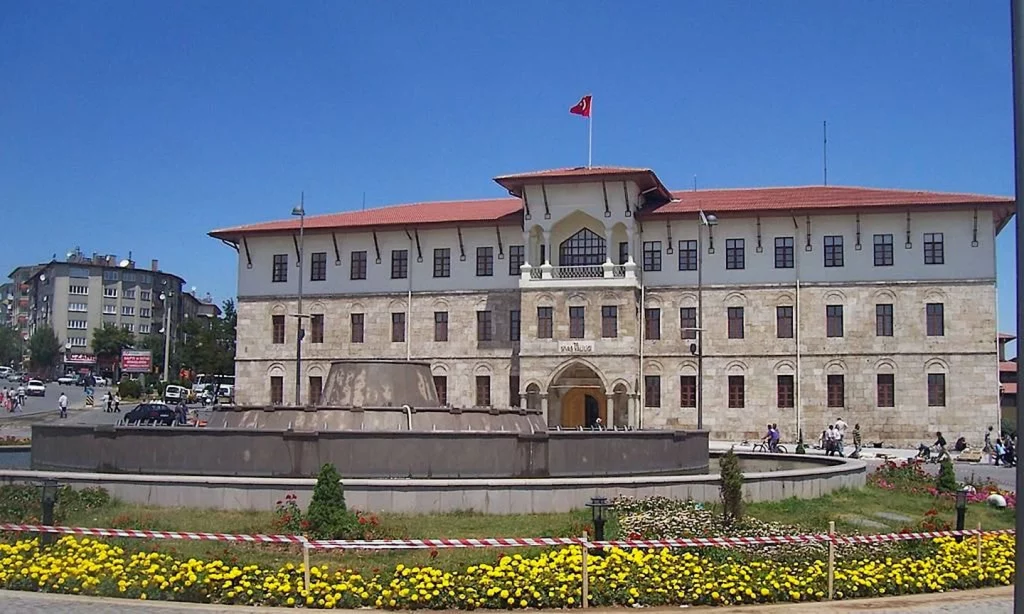
Aside from its historical treasures, the city has more unique features, such as Balikli Kaplica, a fascinating Kangal spa. It’s a thermal spring with small fish thriving in the heated waters that offer a distinct kind of skin-care treatment. It is the world’s first and most well-known cure facility for “Sedef Hastaligi” (psoriasis). Another spa centre is Soguk Cermik. Picnicking, boating, and fishing are popular activities in Hafik, Todurge (Zara), and Gokpinar (Gurun) Lakes. Sugul Canyon, located in the Gurun district, is a famous destination for hikers and environment lovers.
Kangal Sheppard dogs of Sivas
Another rare feature of this town is the world-famous Kangal dogs, which can be found 68 kilometres (42 miles) south of Sivas in Kangal town. Even in most challenging conditions, such as those found in this province, these sheepdogs have proven their loyalty and success are confidently used in police and military operations.
Sivas is also known for its beautiful carpets, which come in various designs and colours. These locally made weavings provide multiple choices, unaffected by the inherent excellent quality.
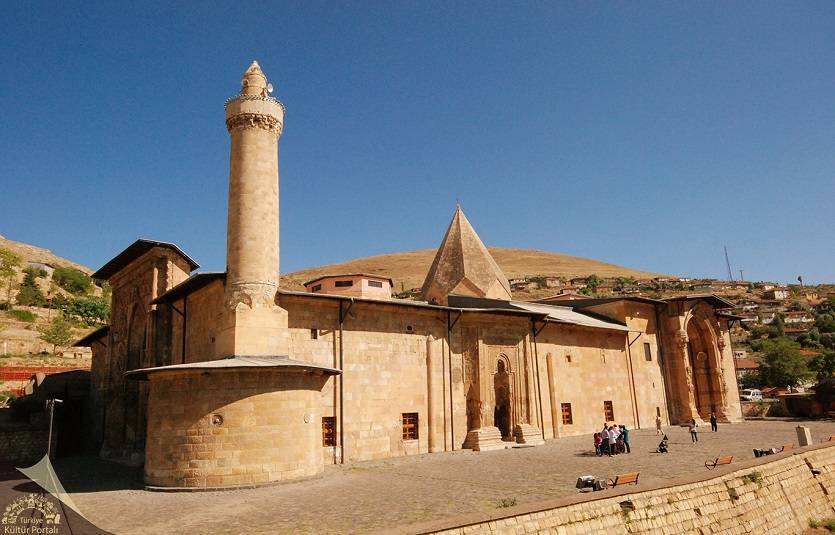
You can get your Turkey Visa Online in just 1 hour by selecting Express Processing Type. It takes just 5 minutes to apply. Apply & Pay & Download. Types: Express, Fast, Standard.
